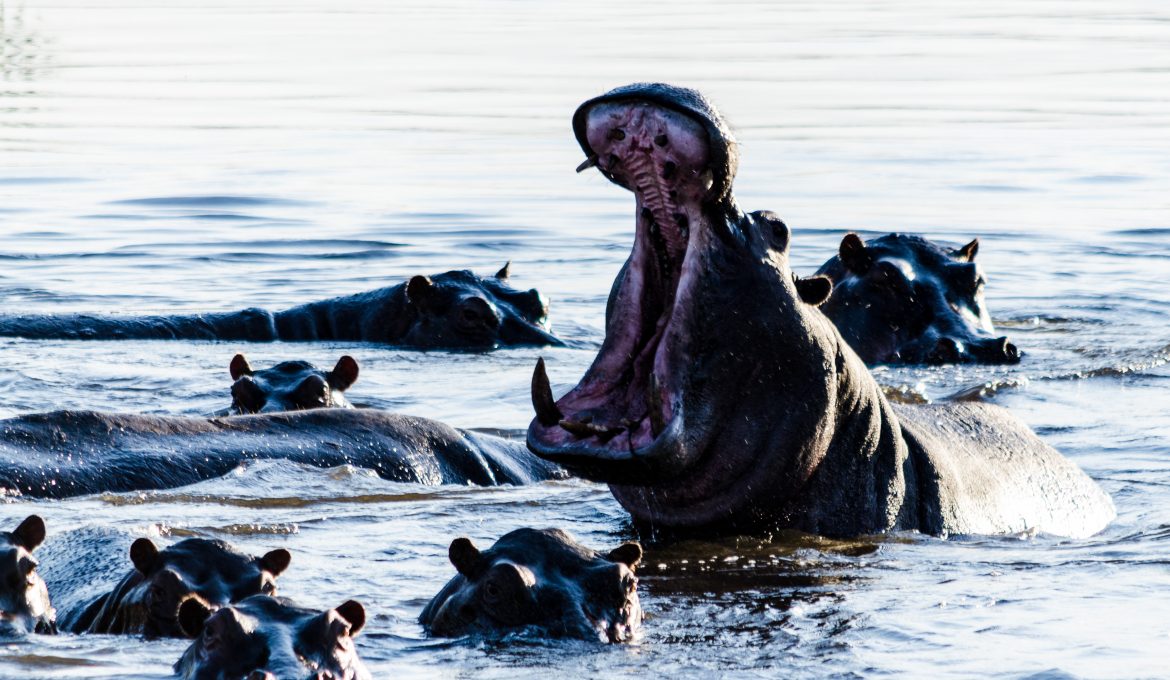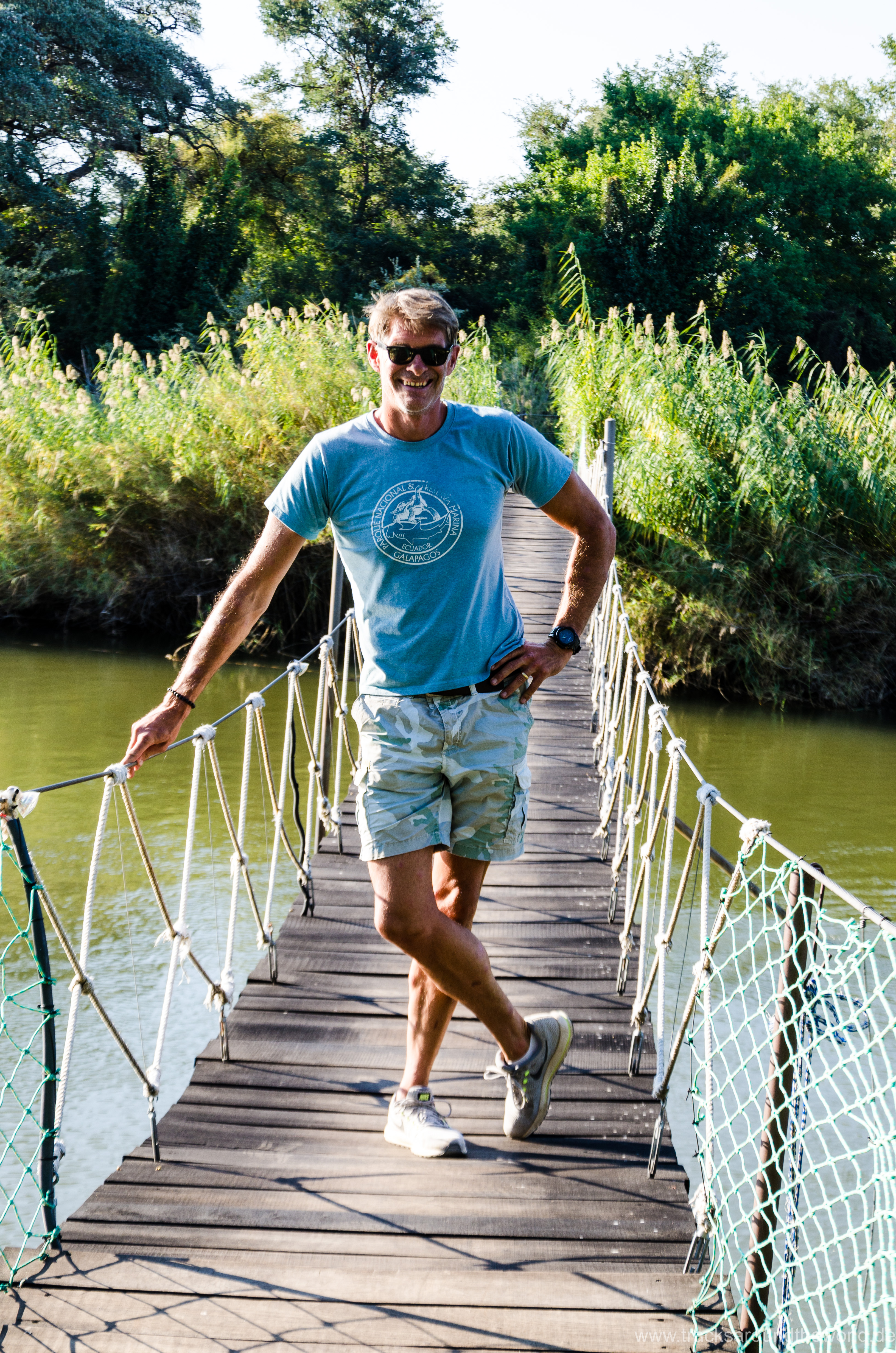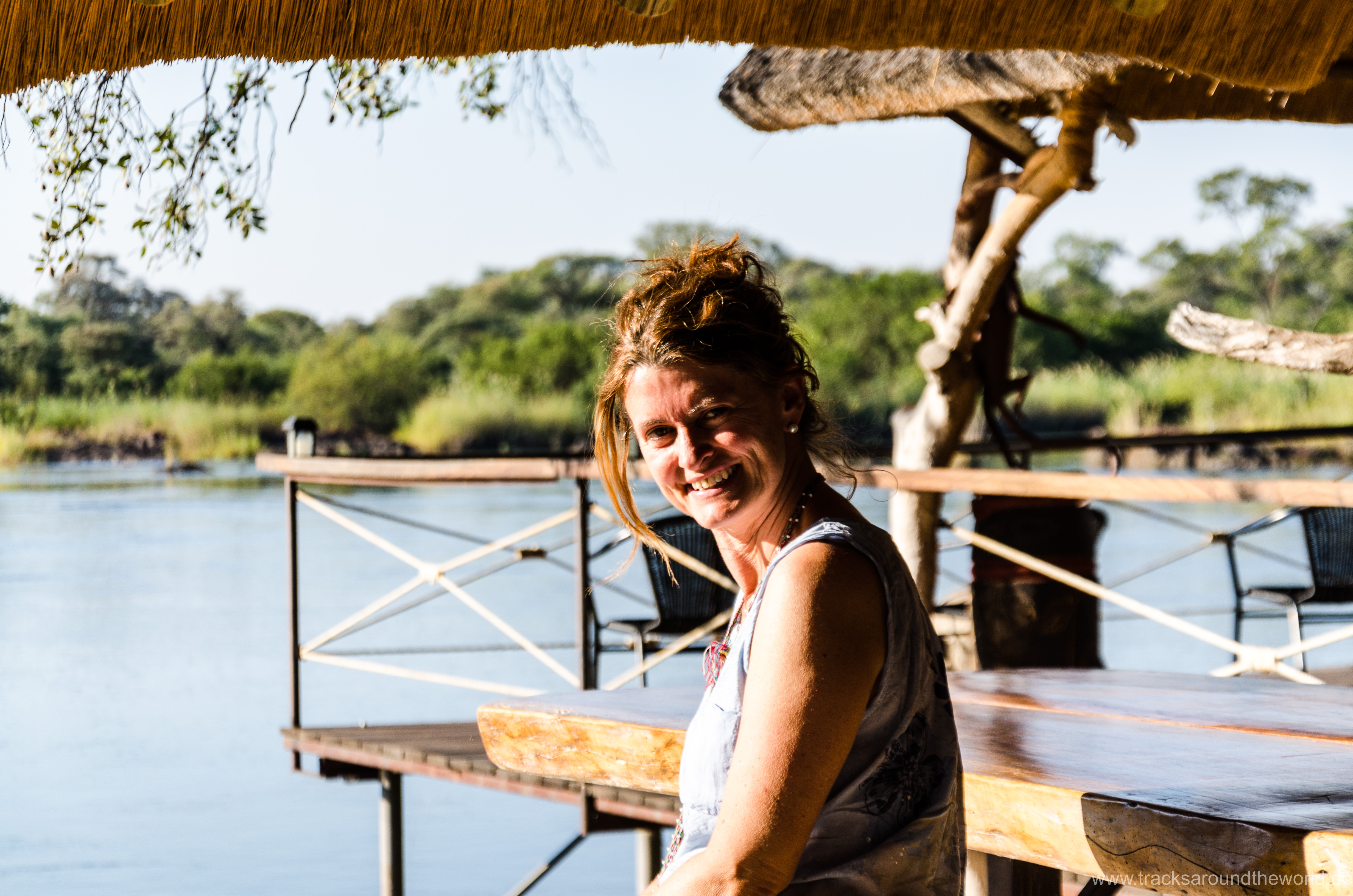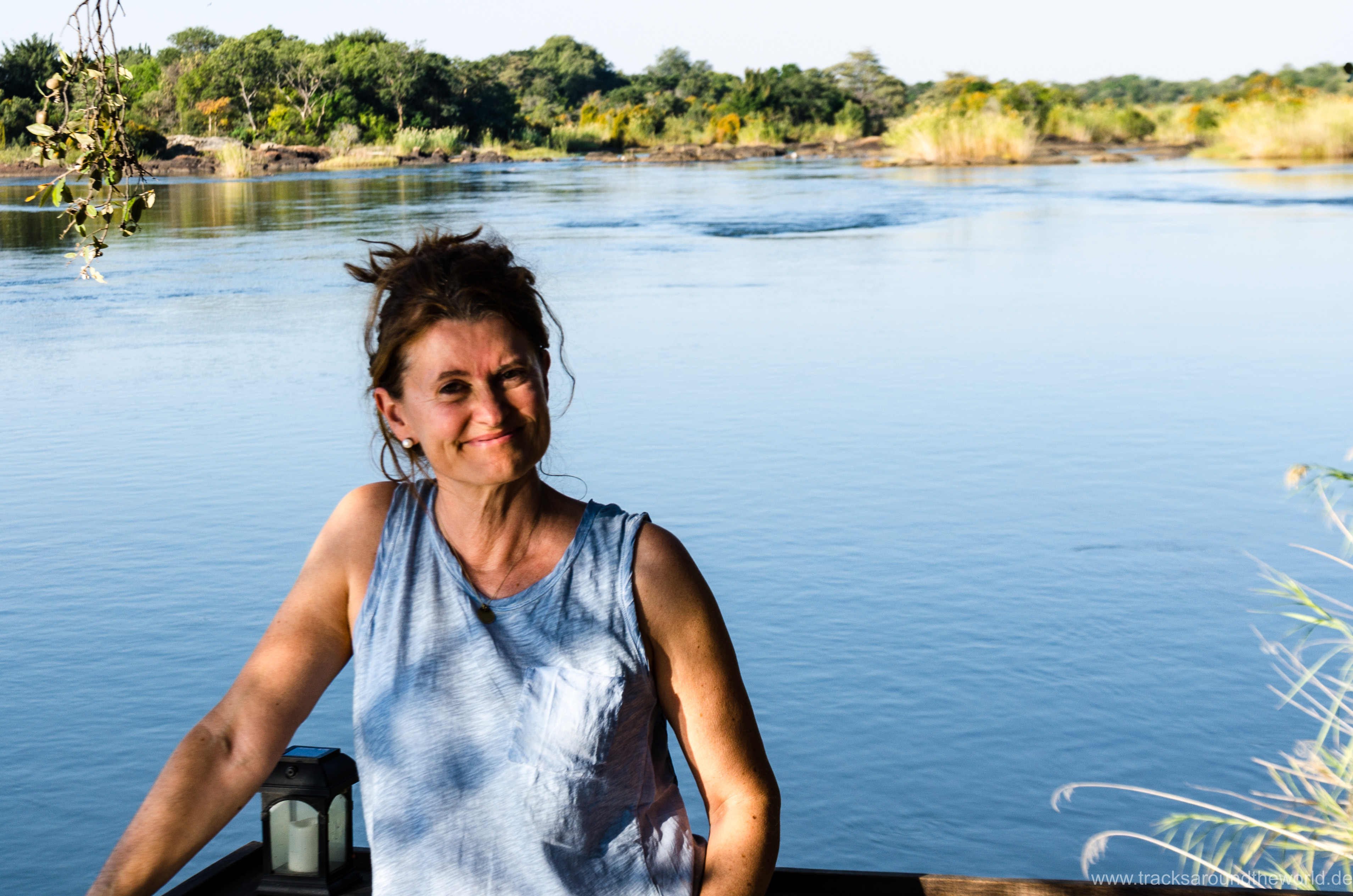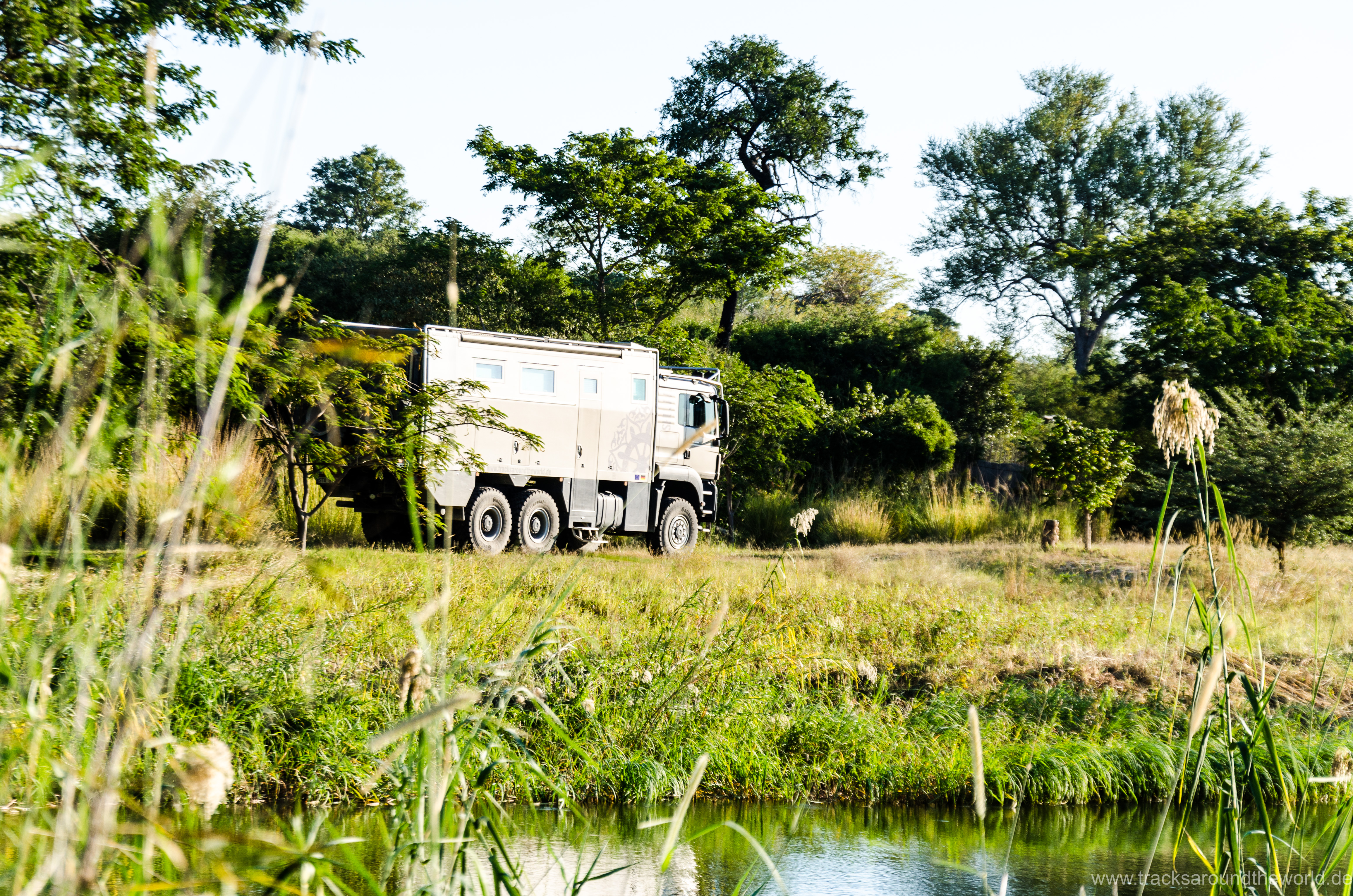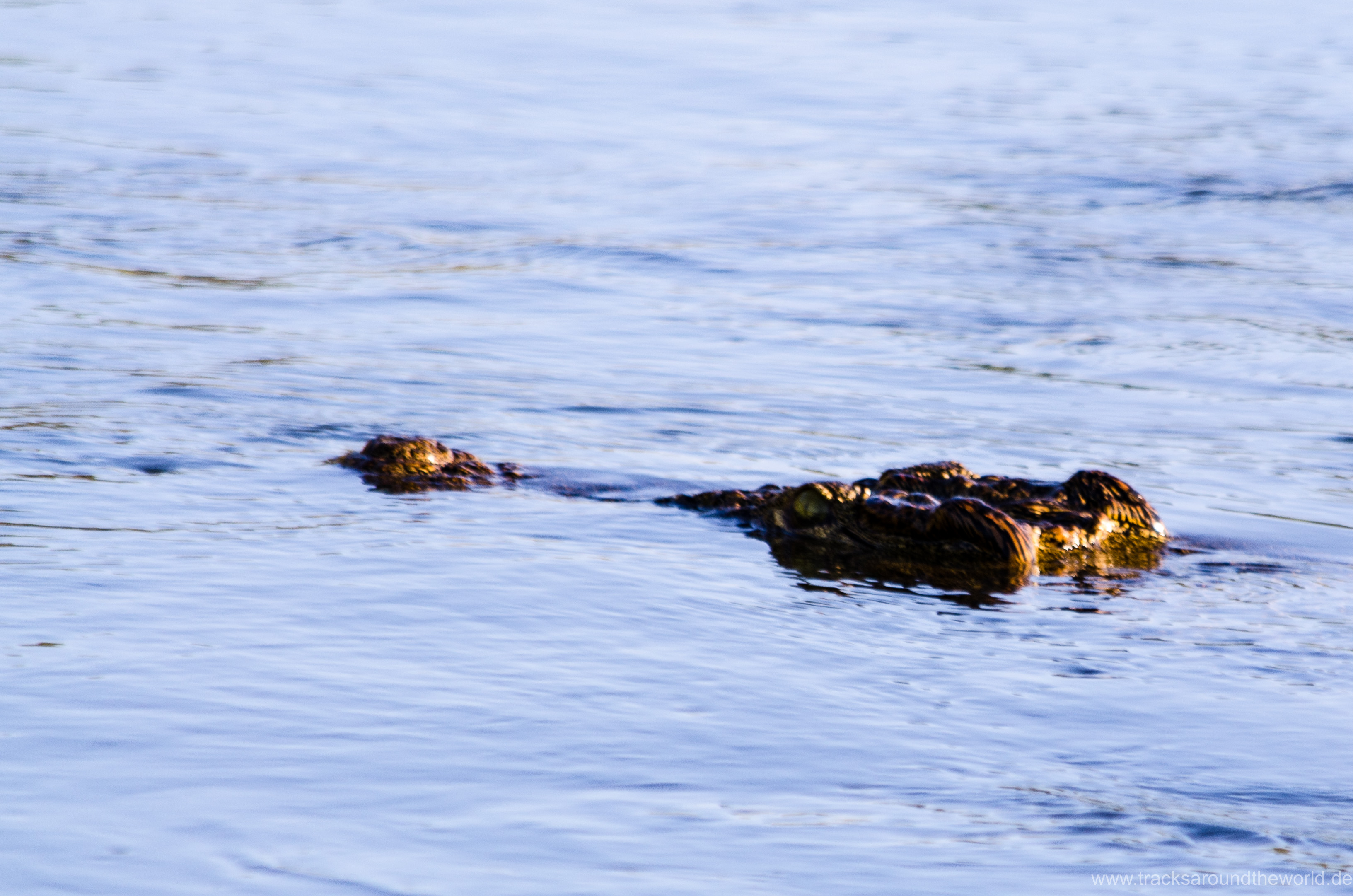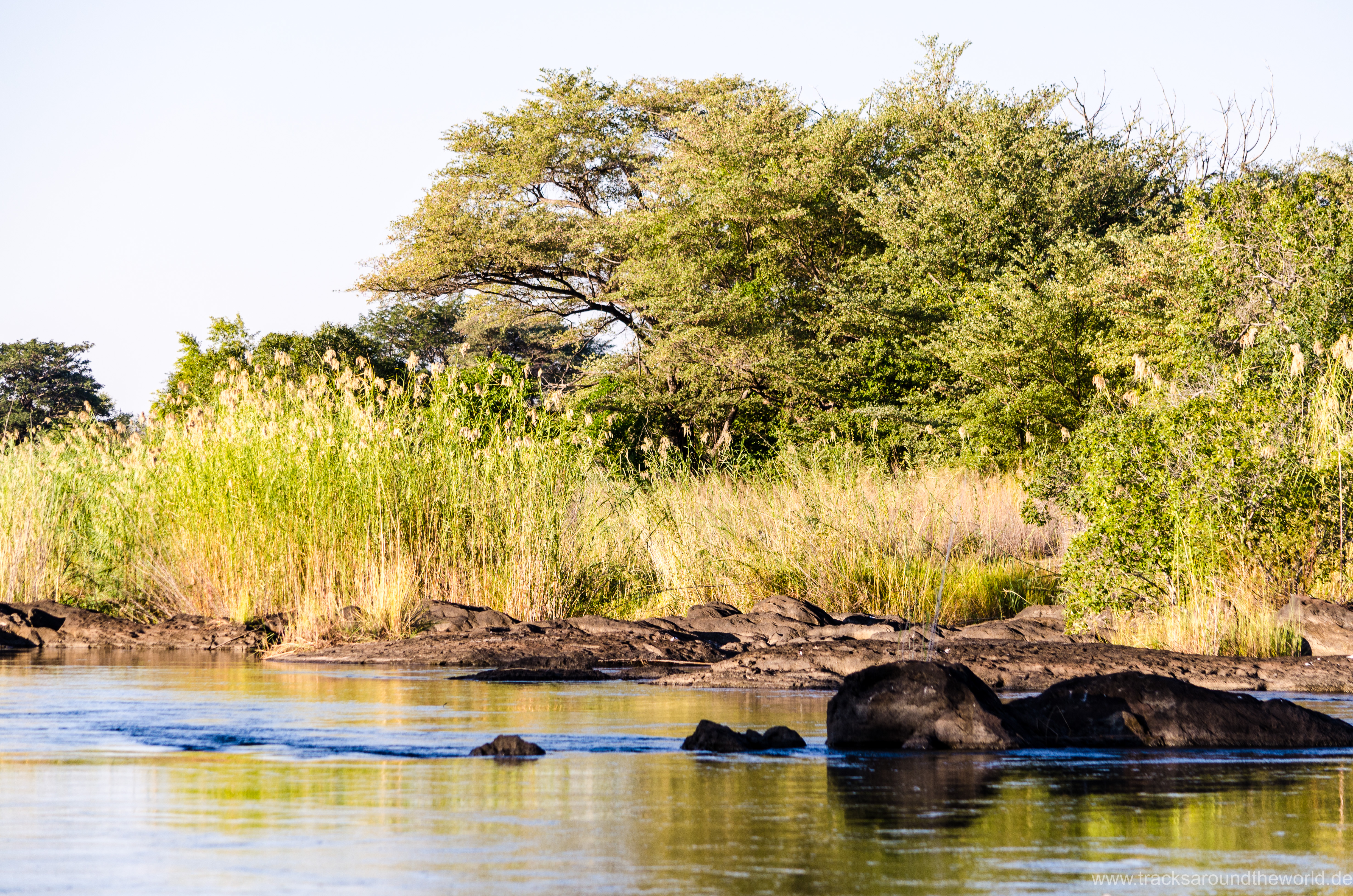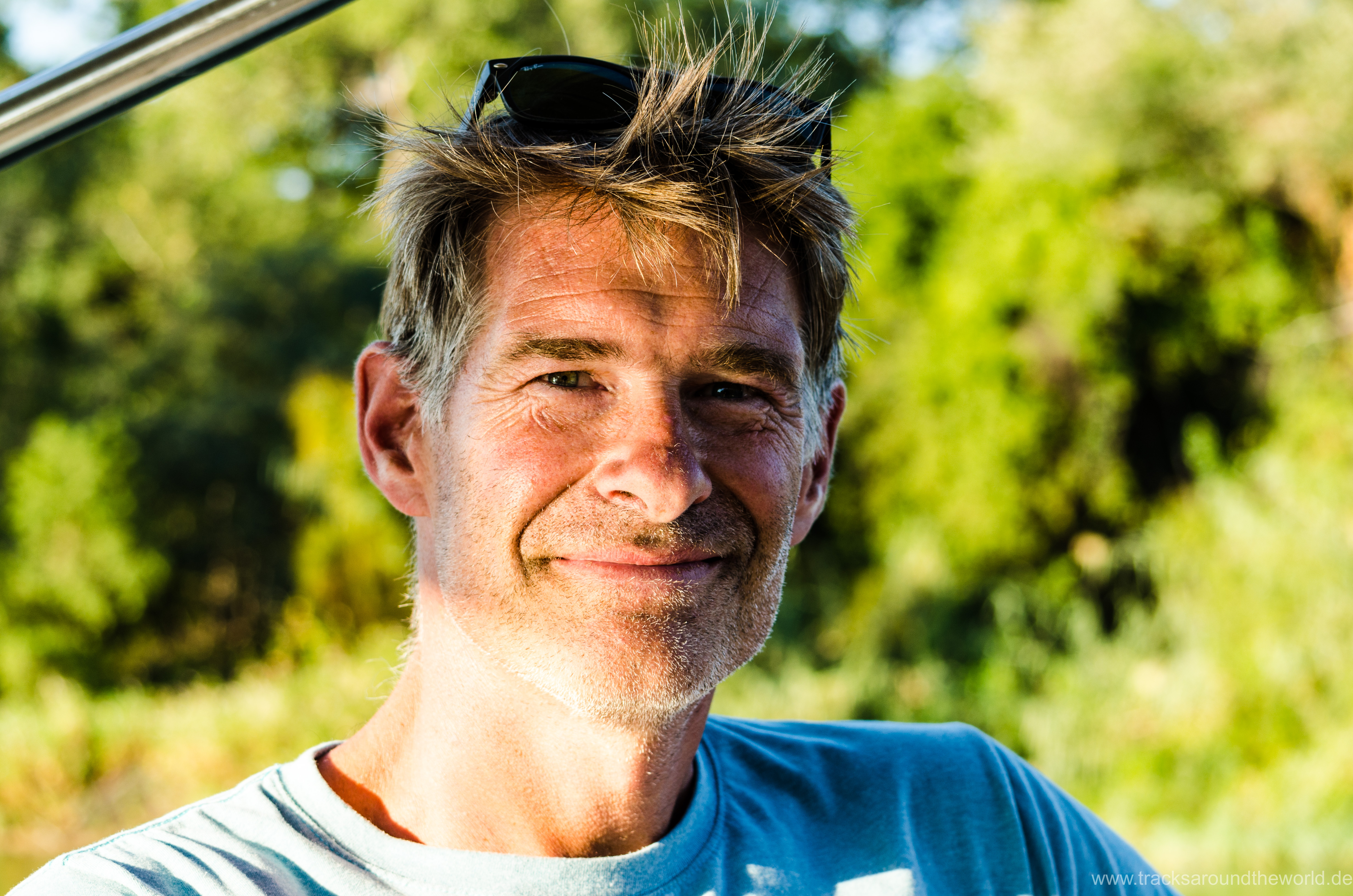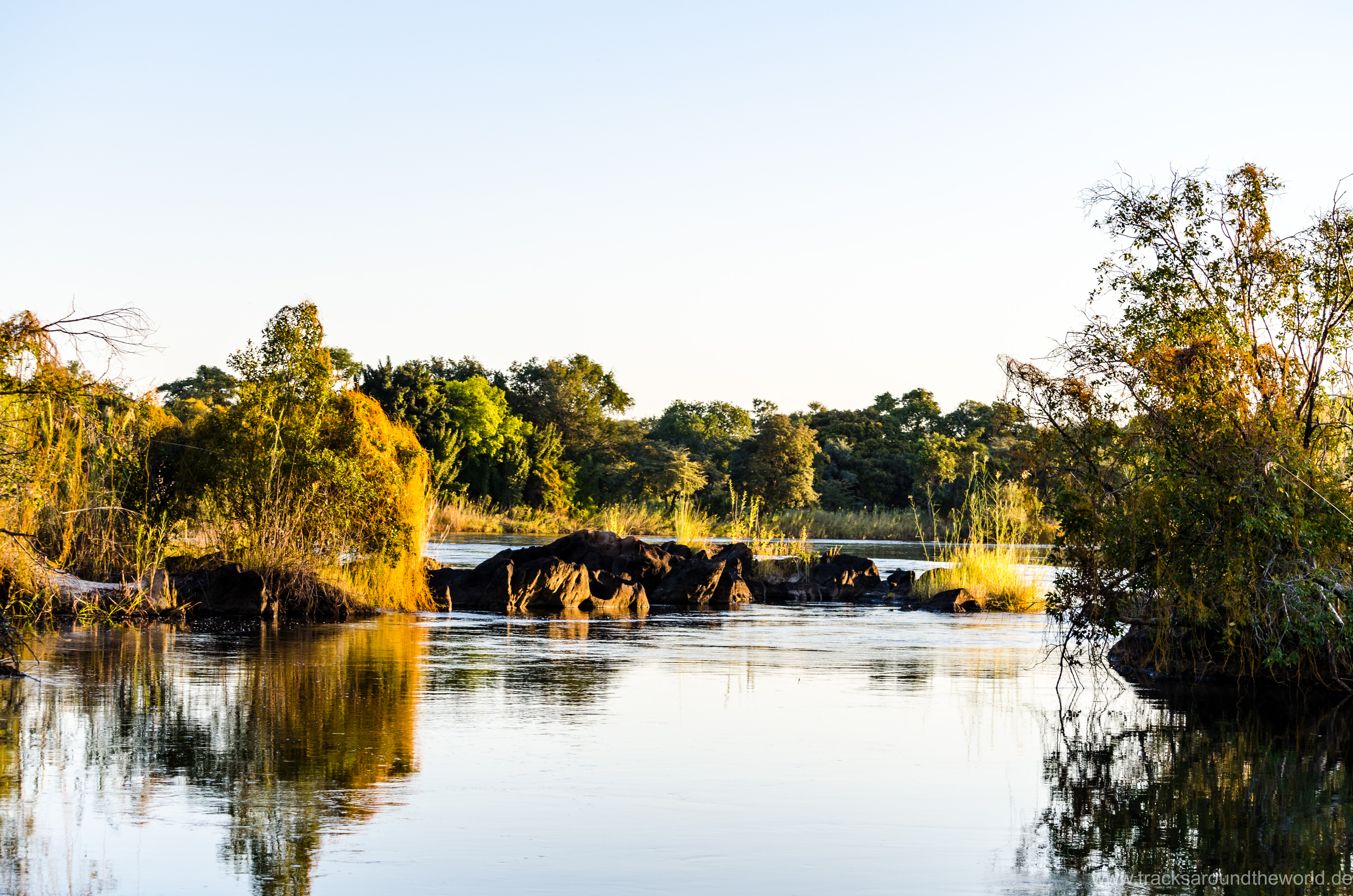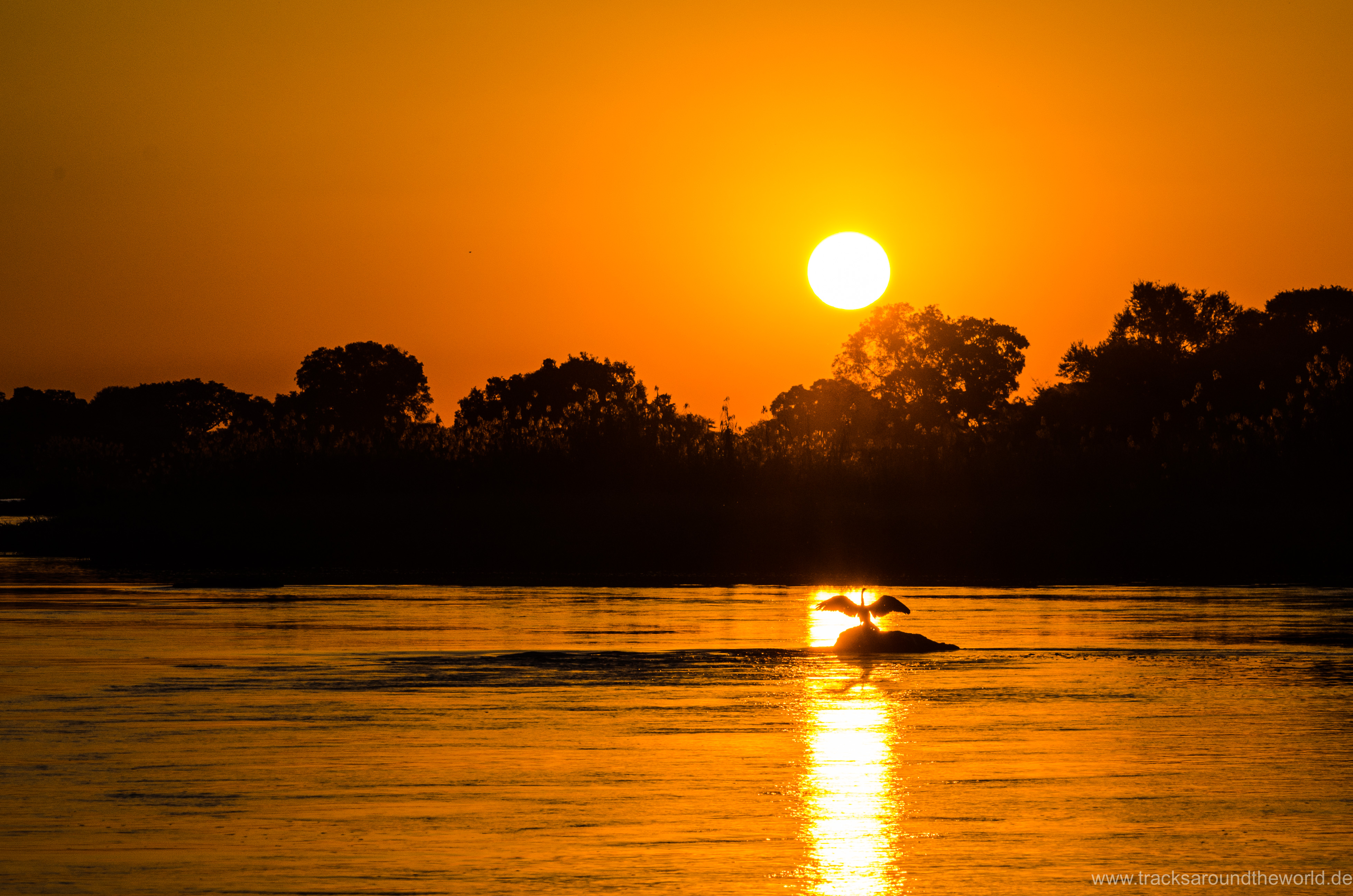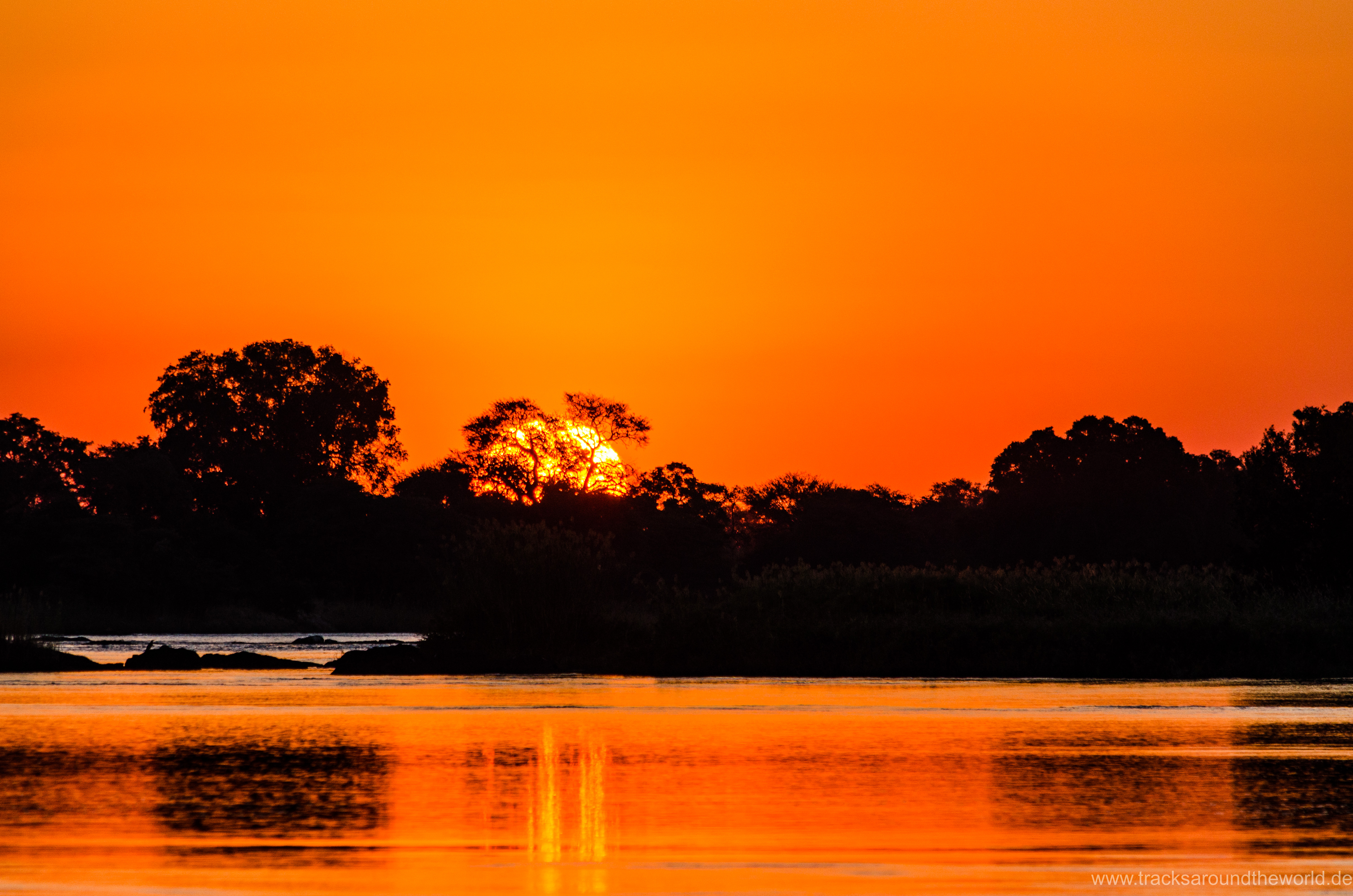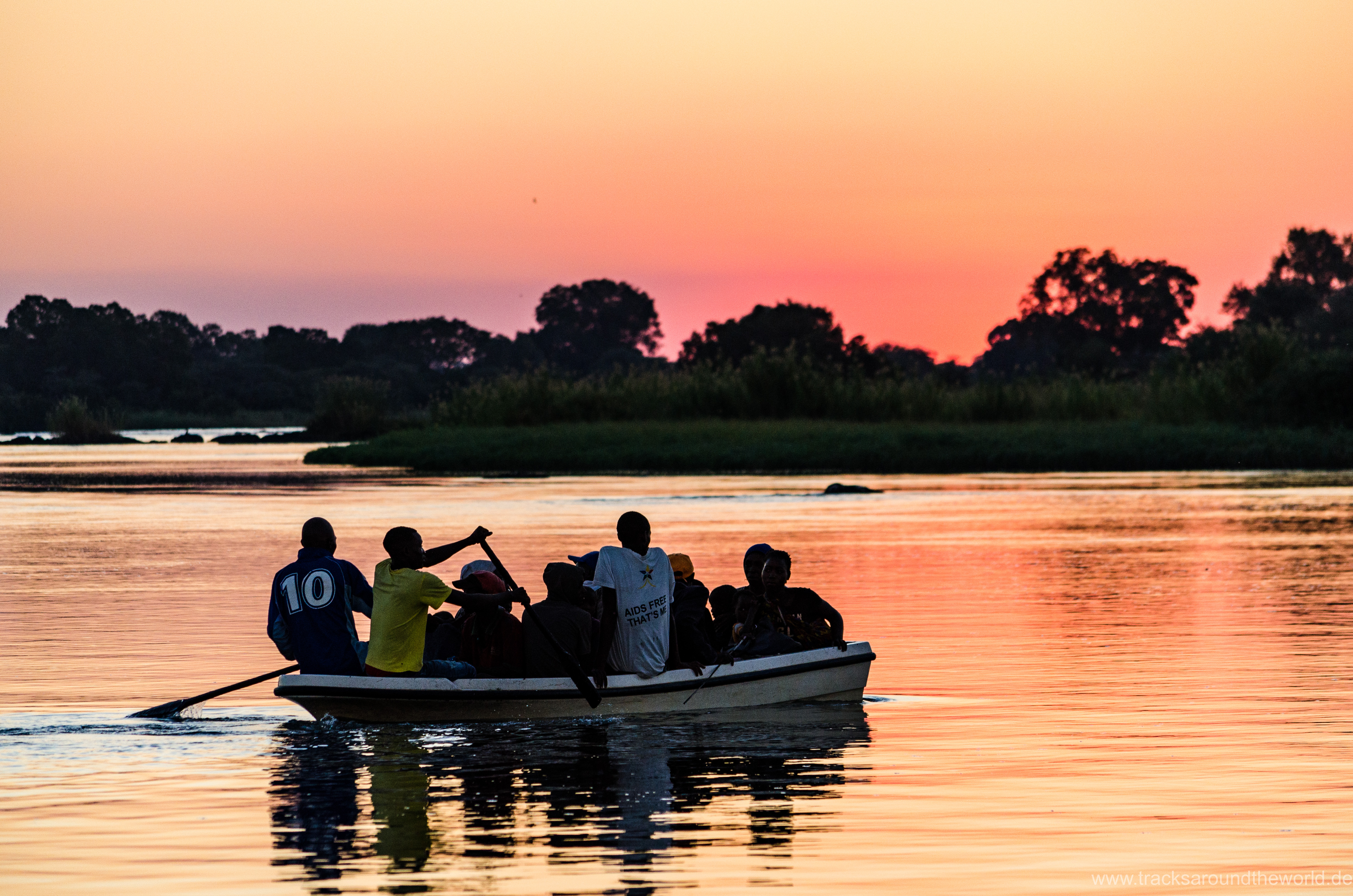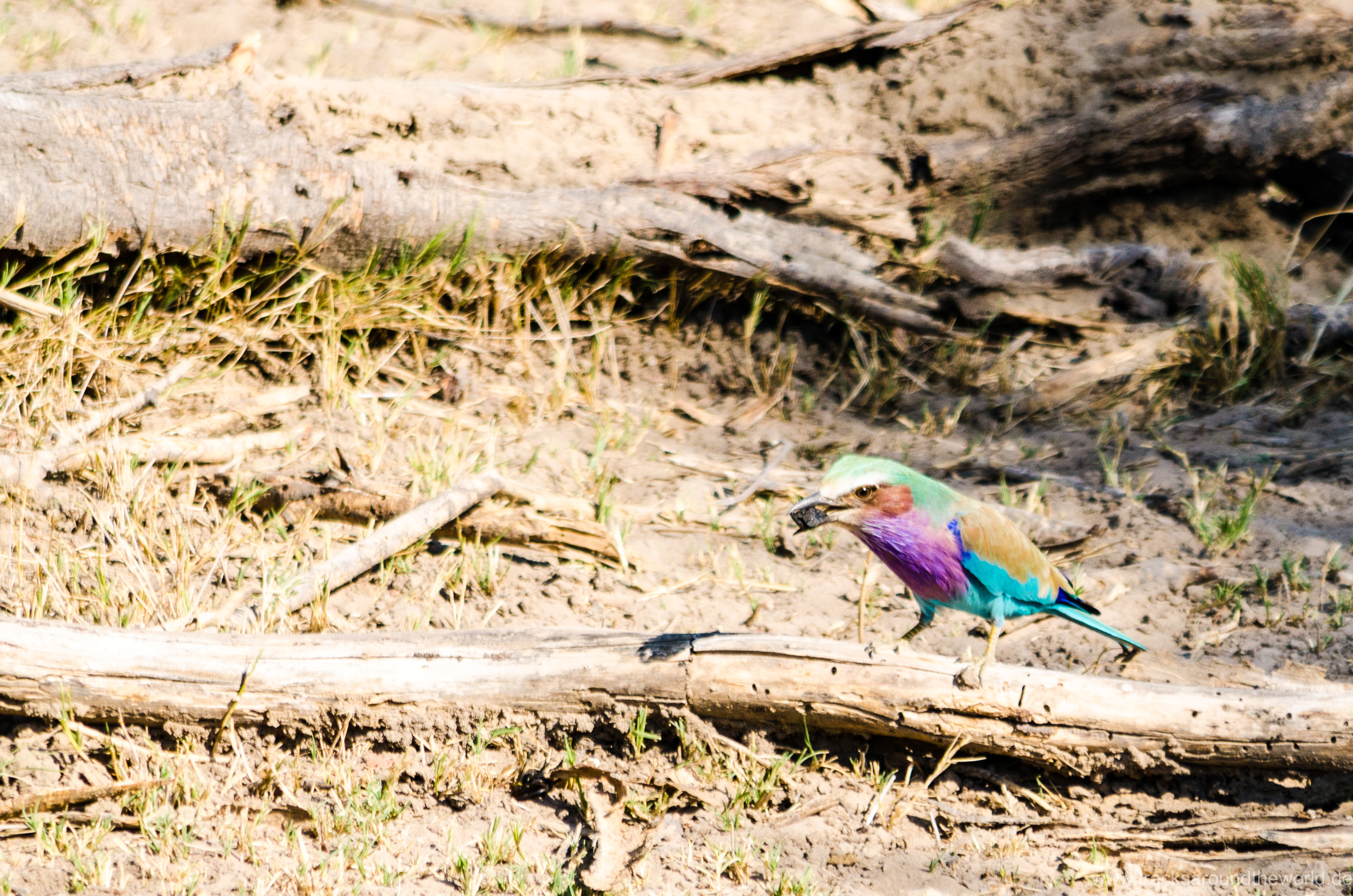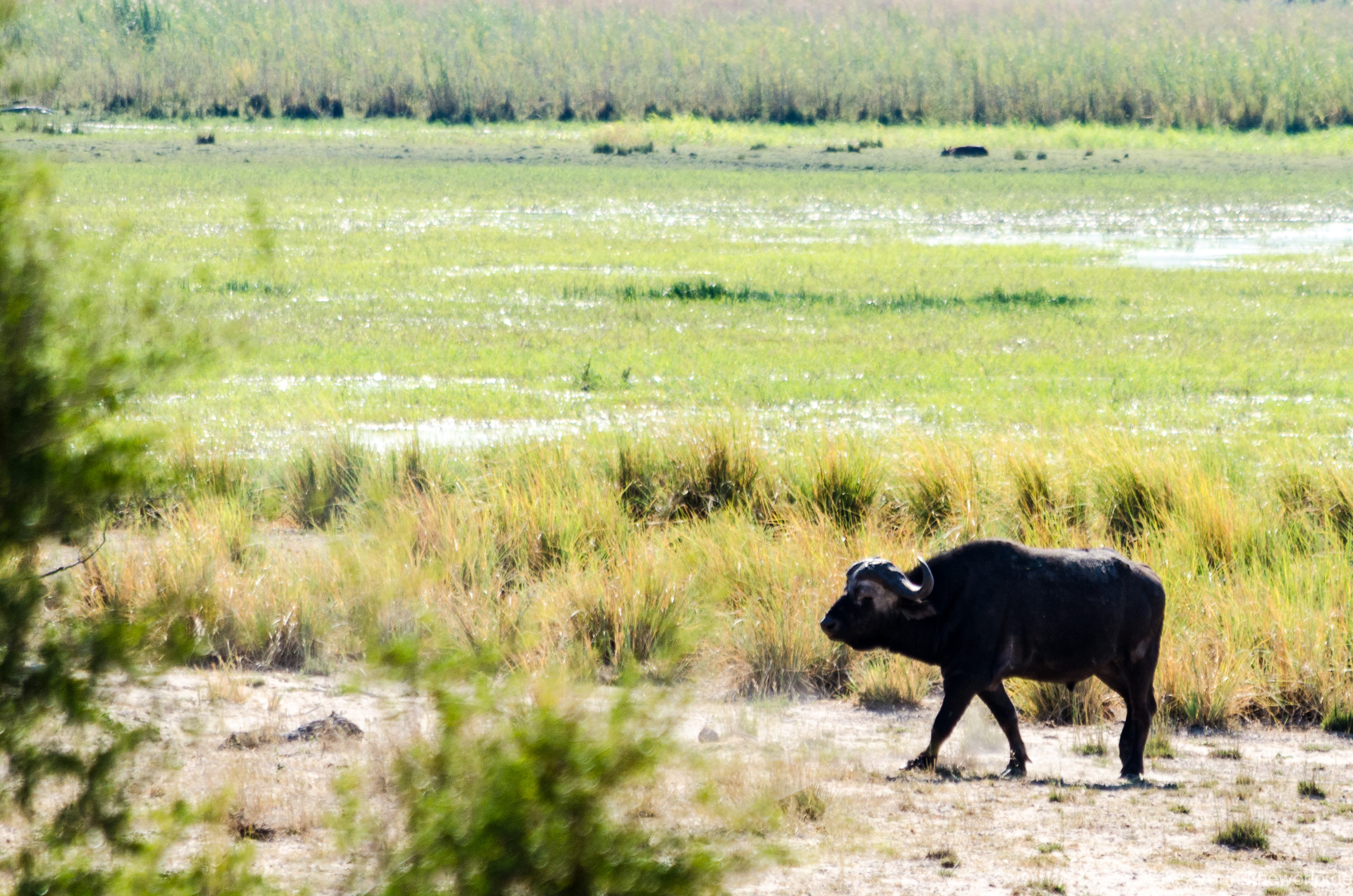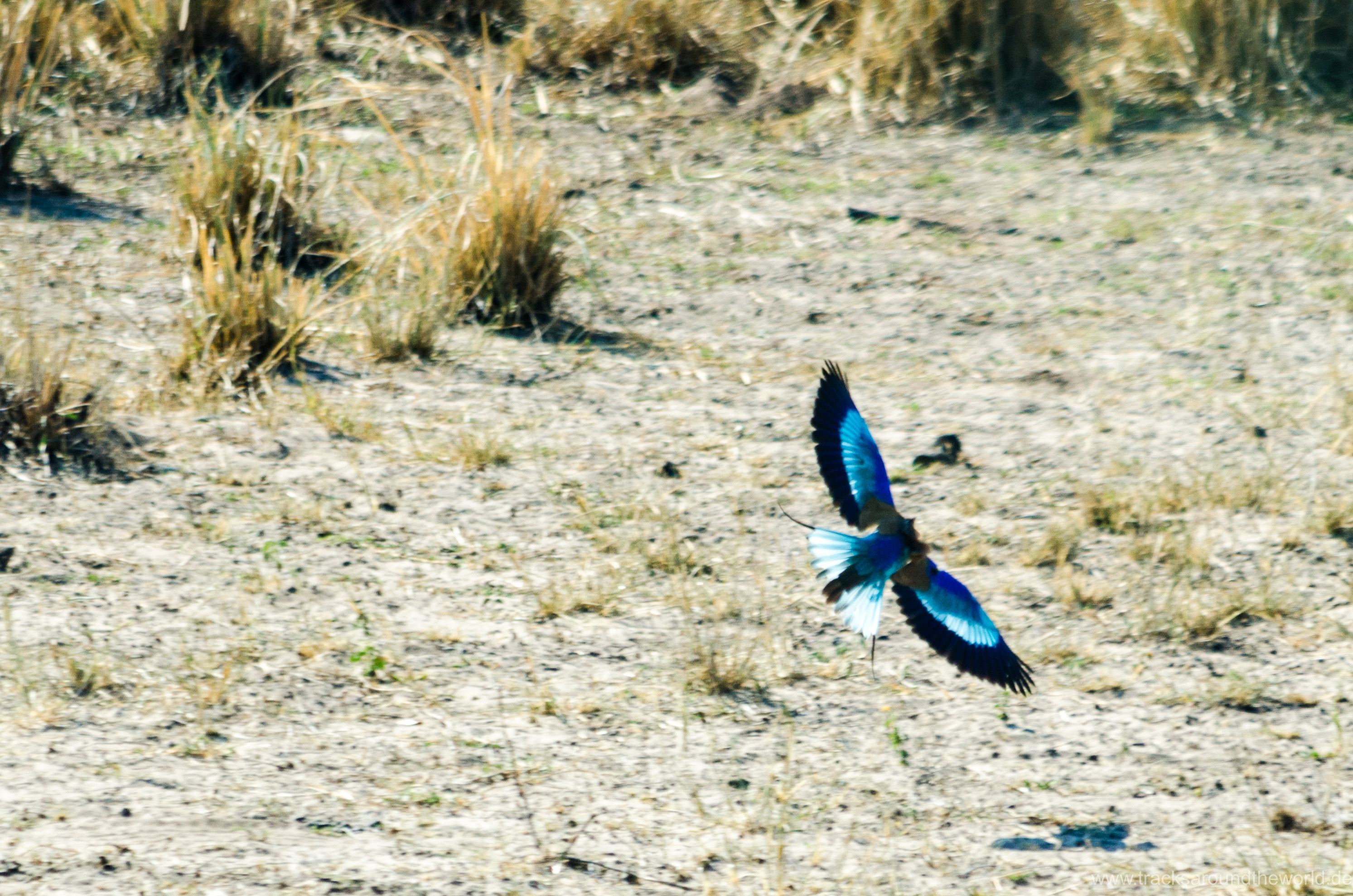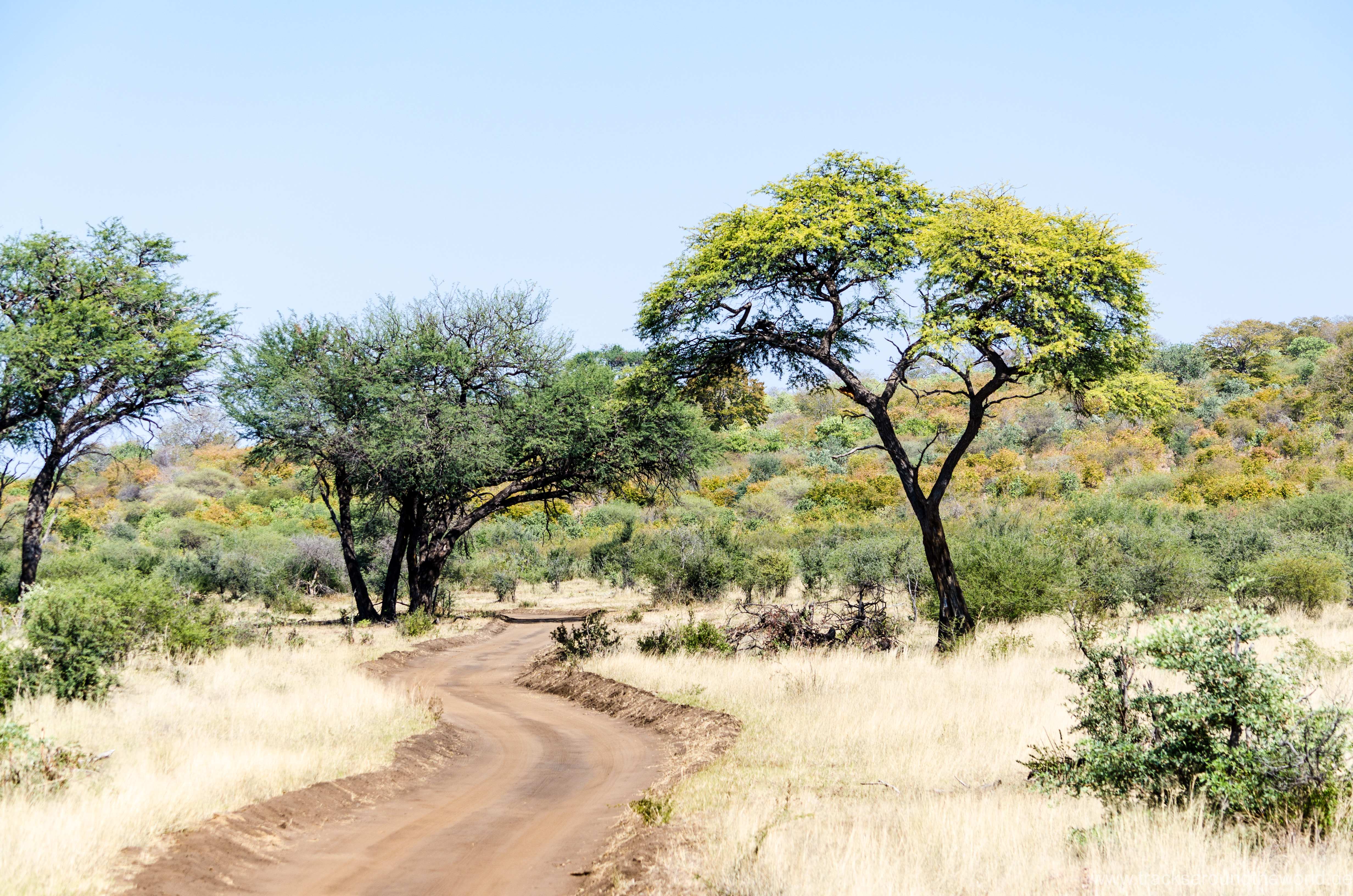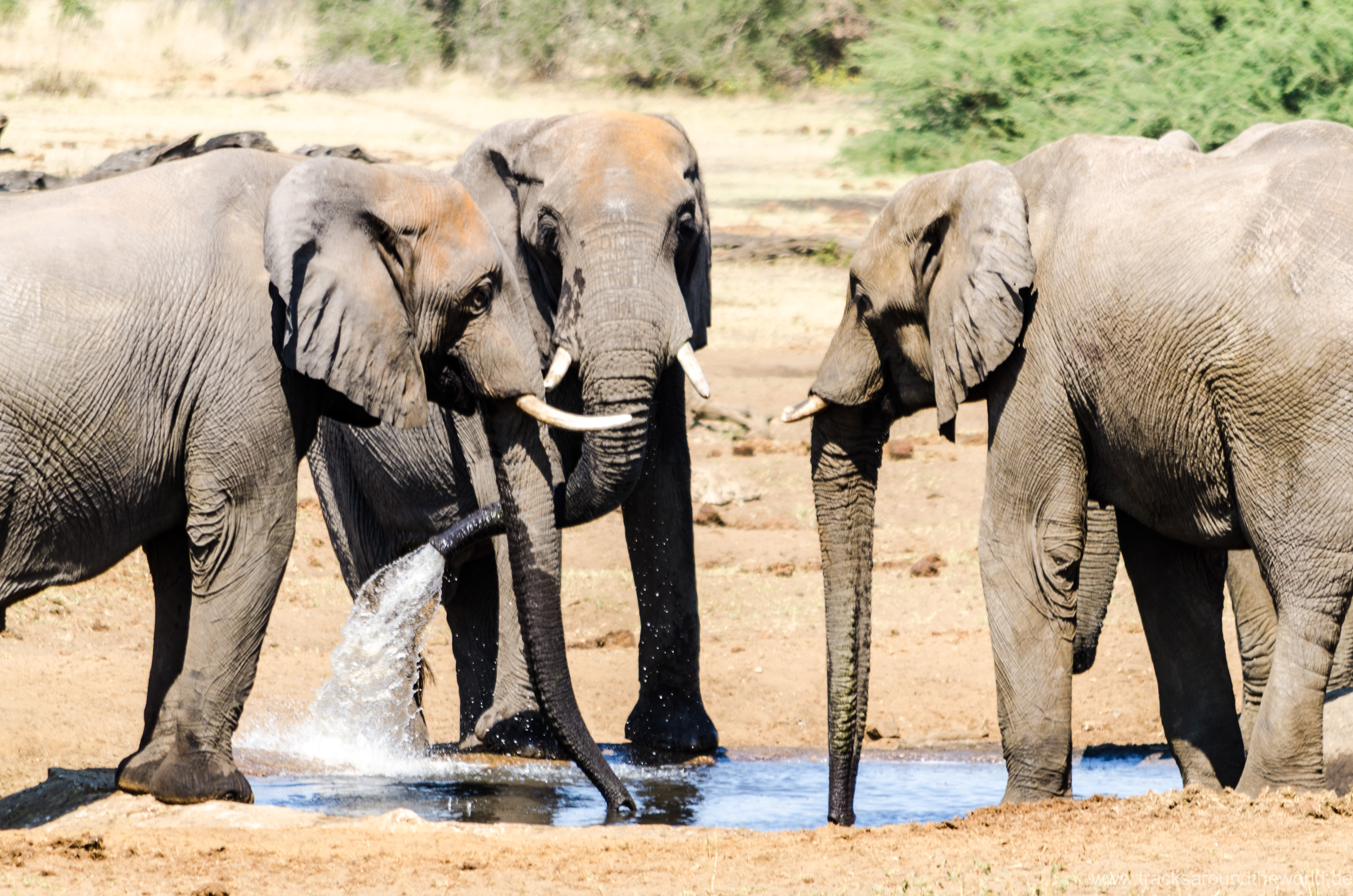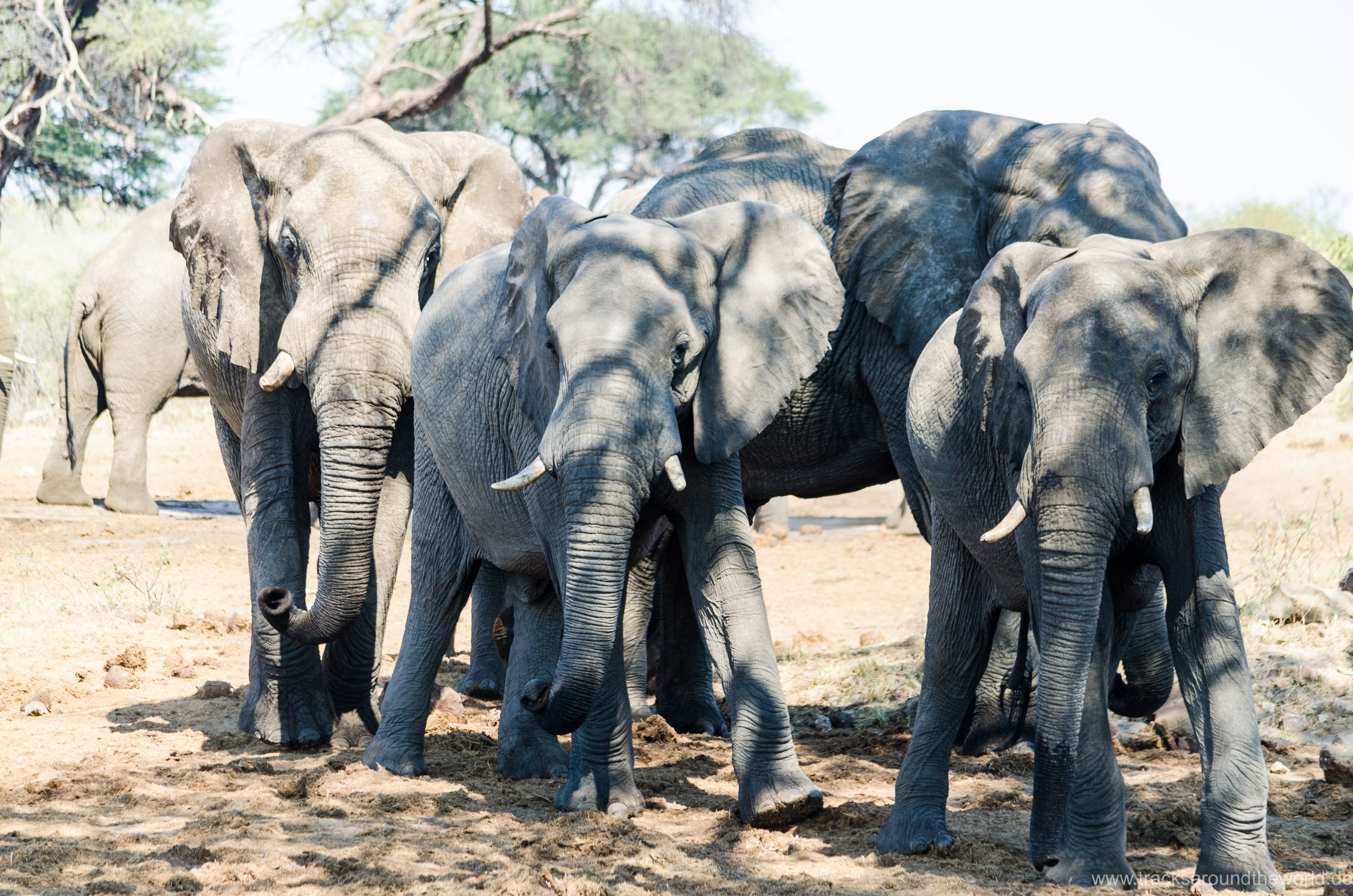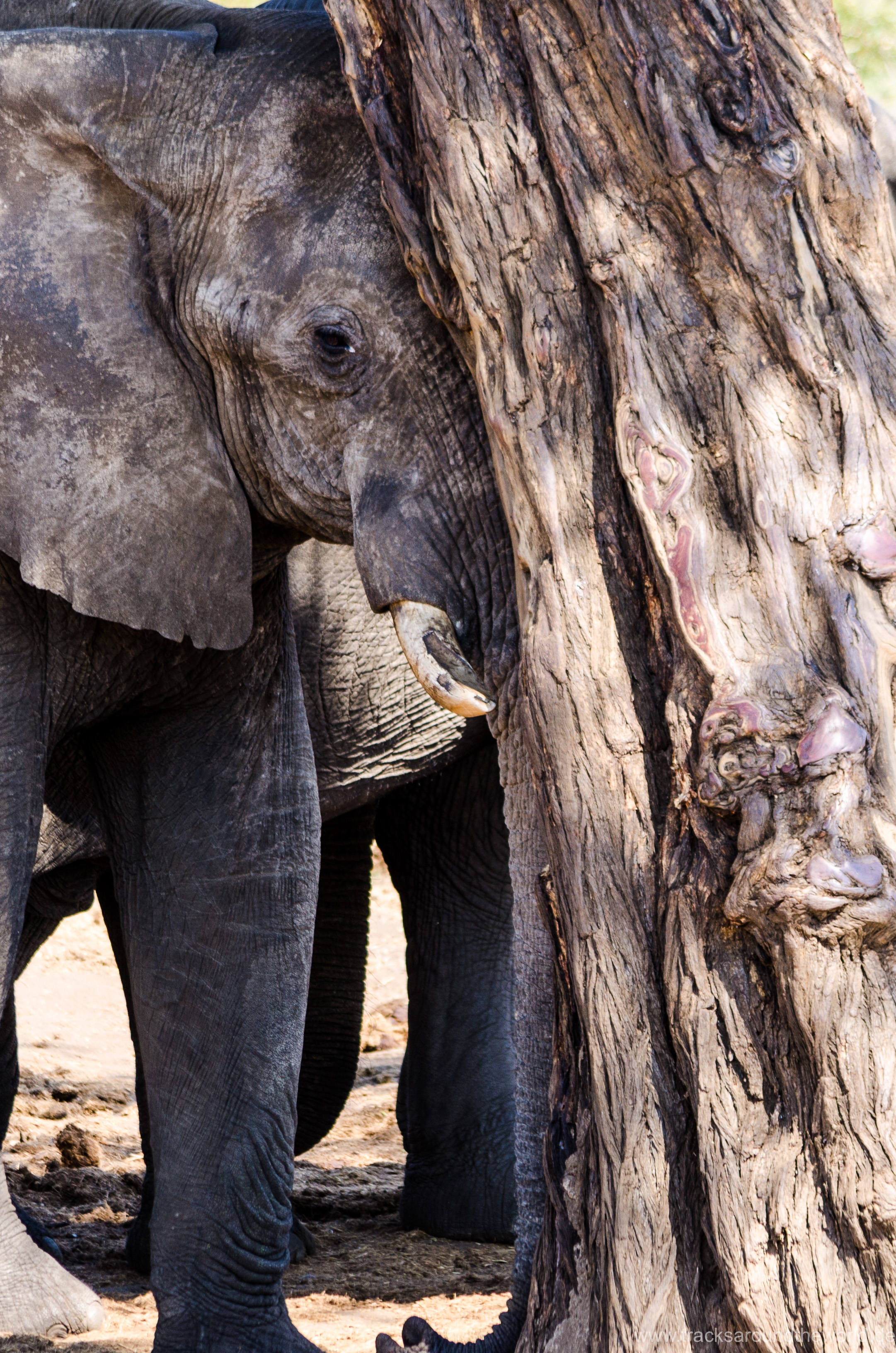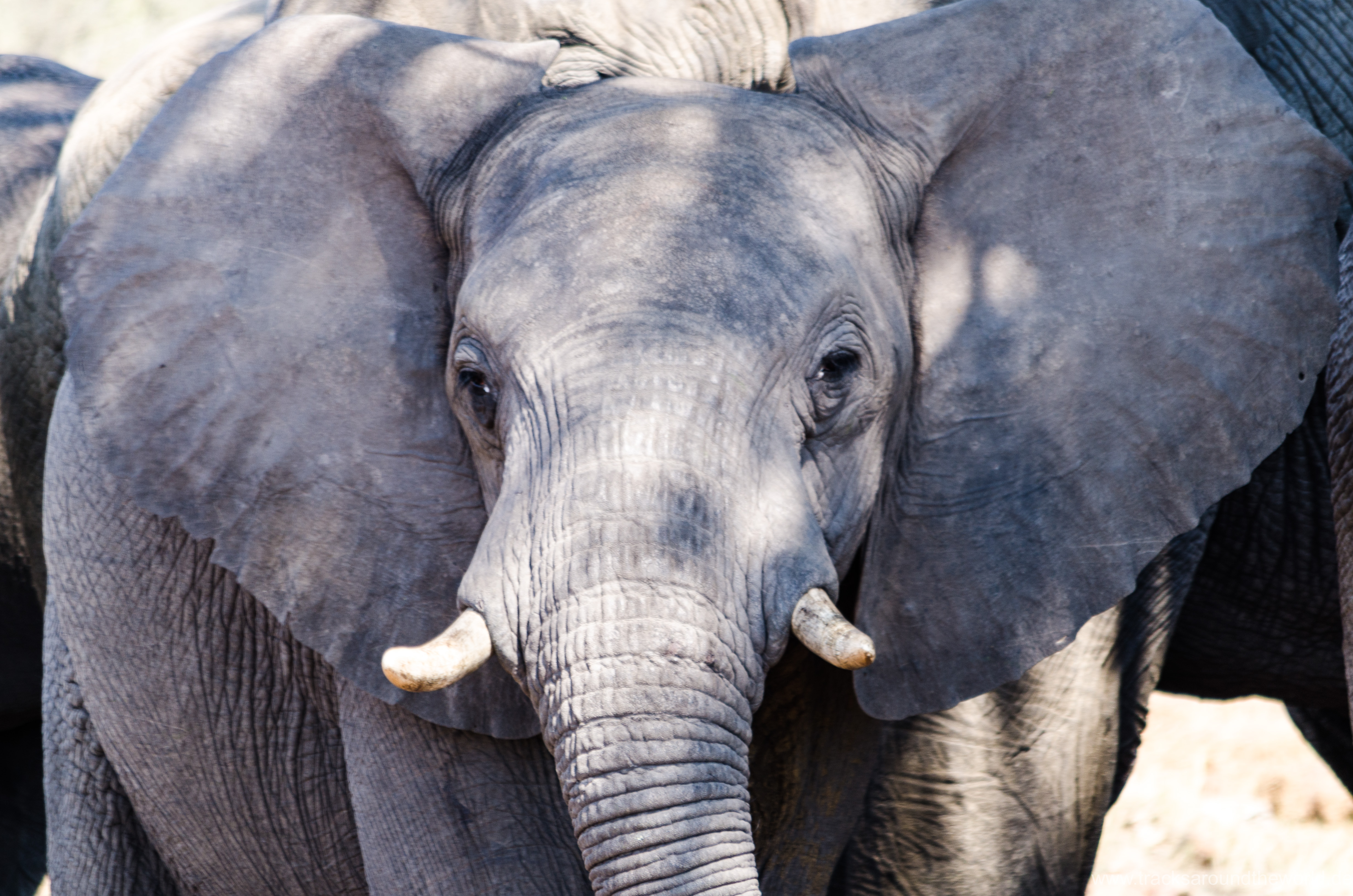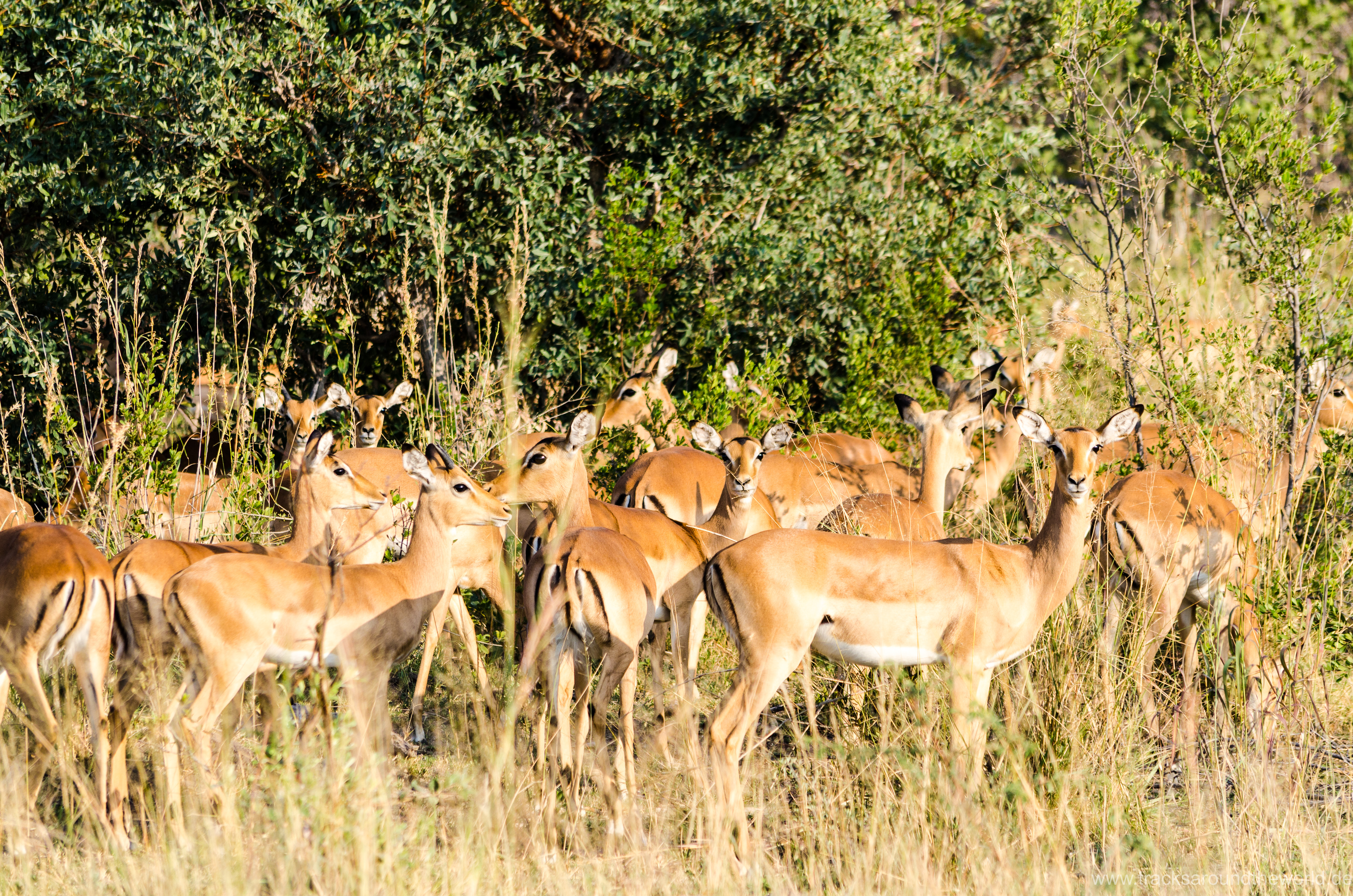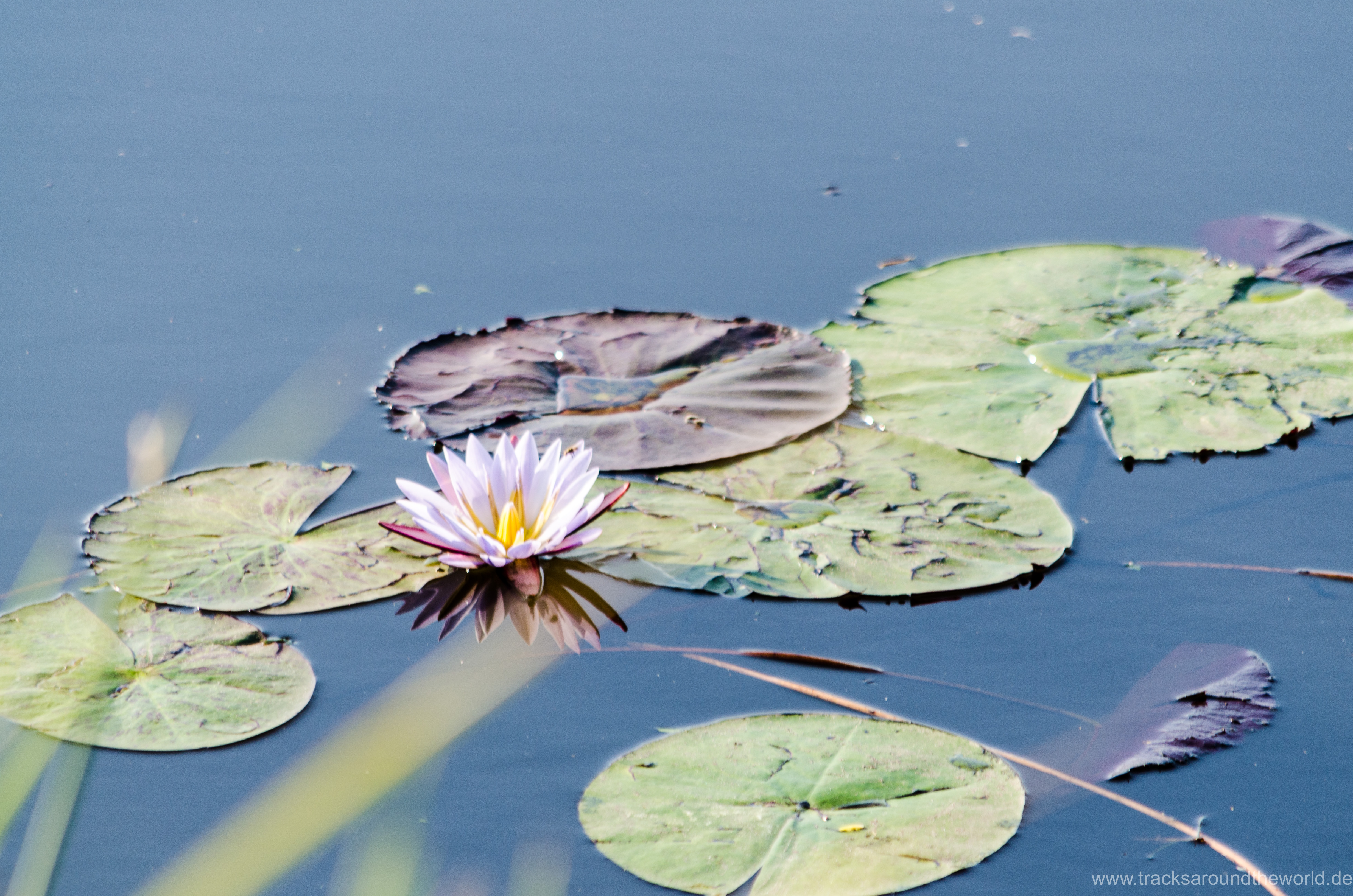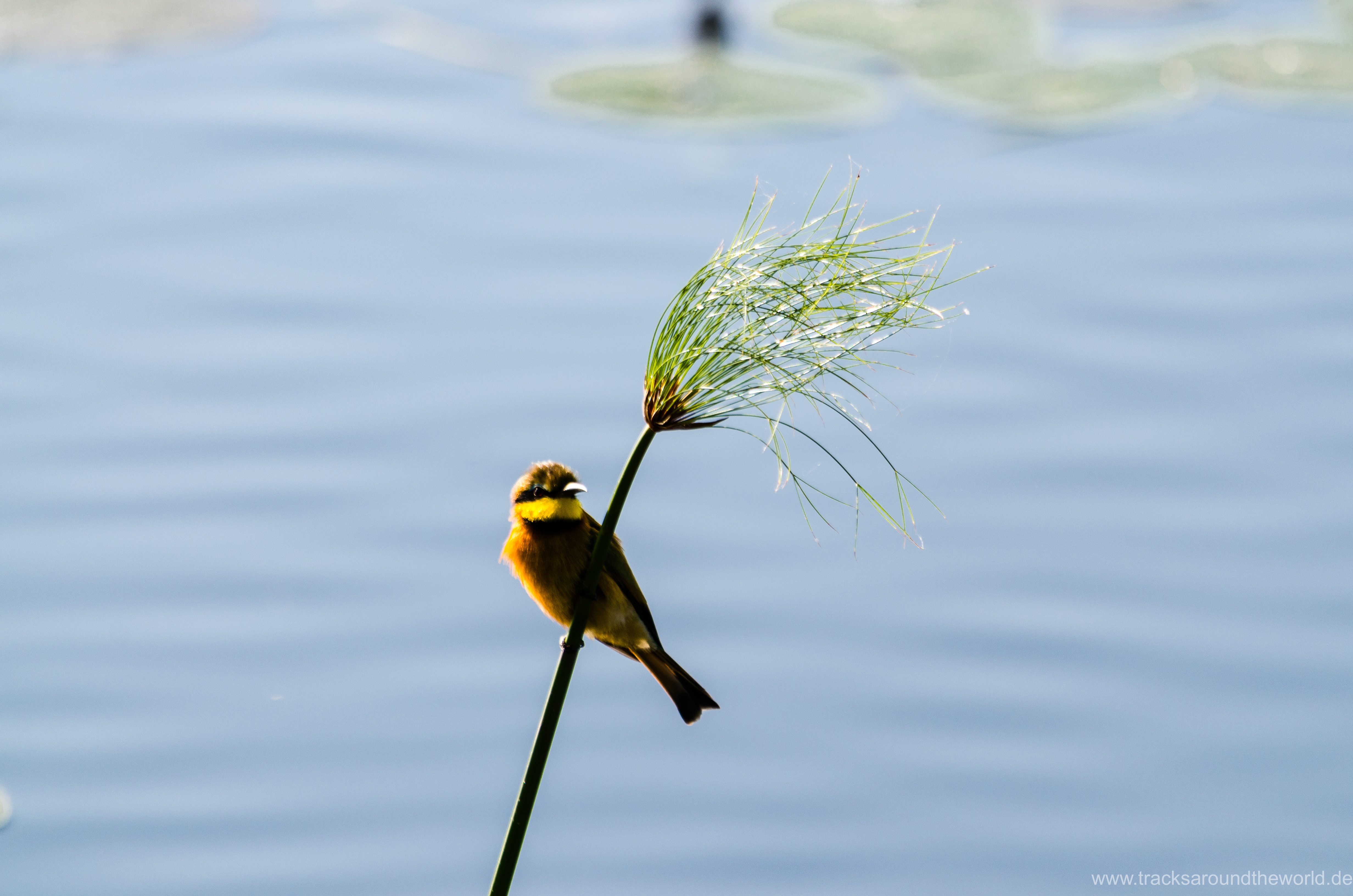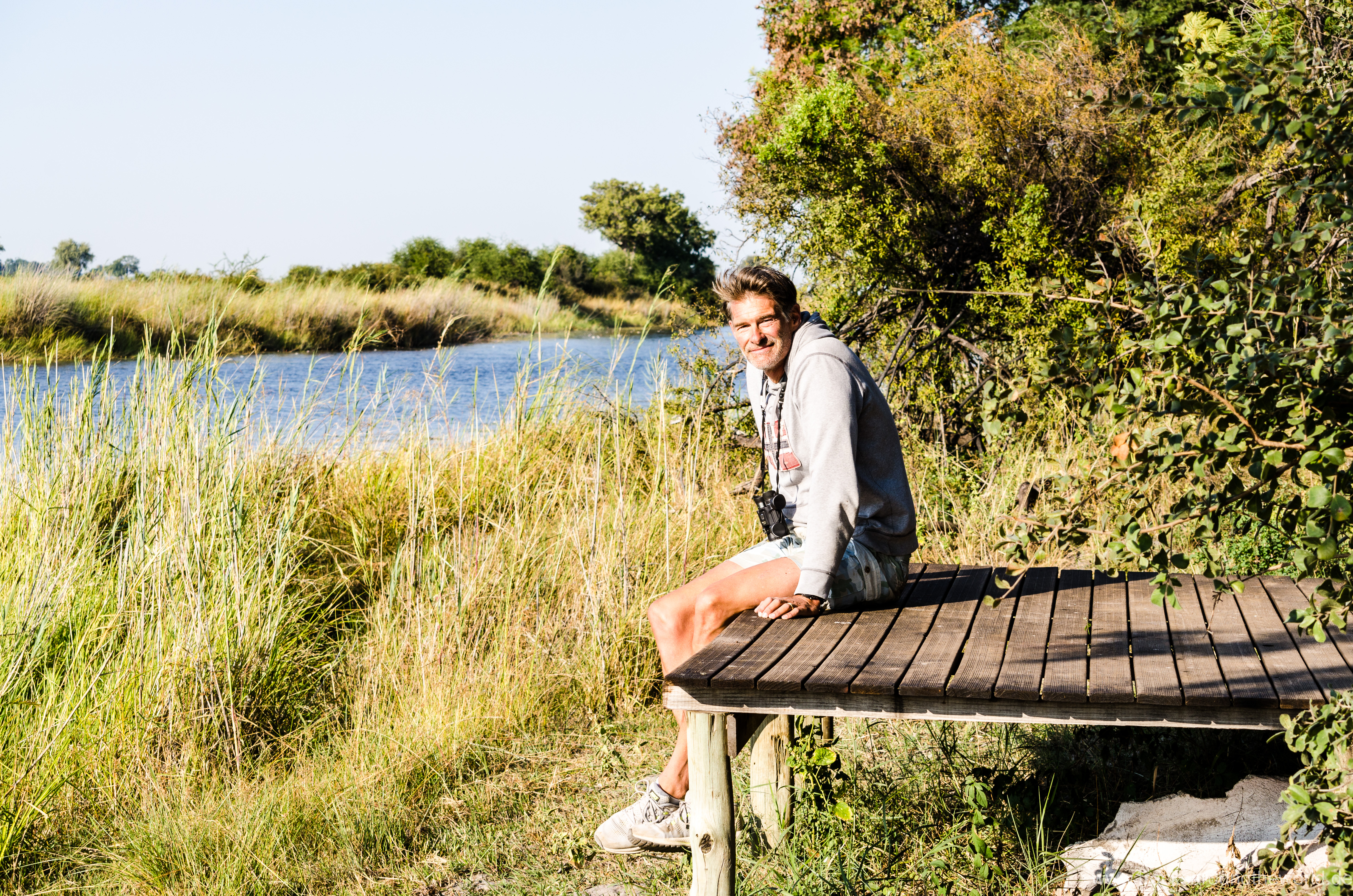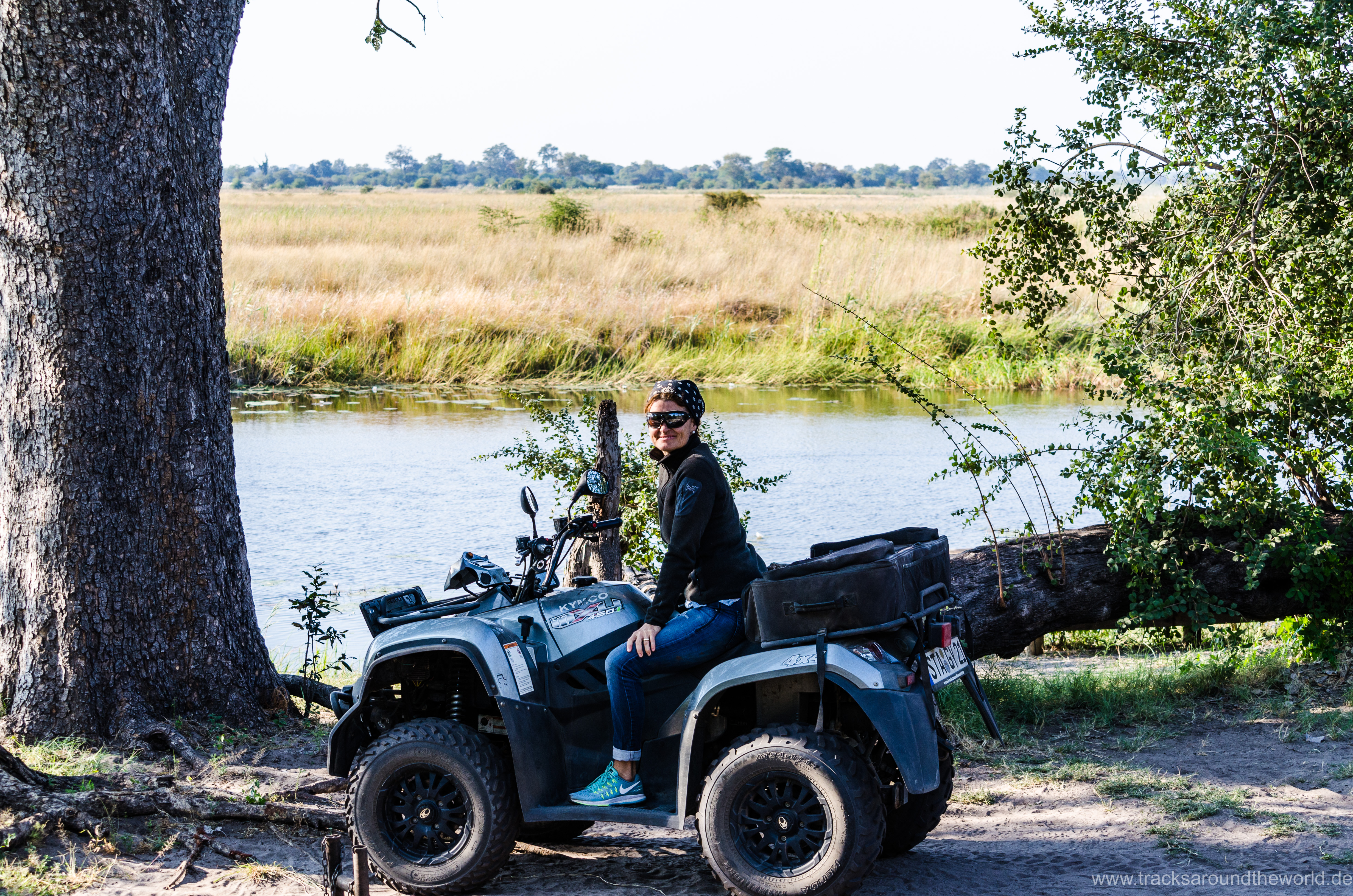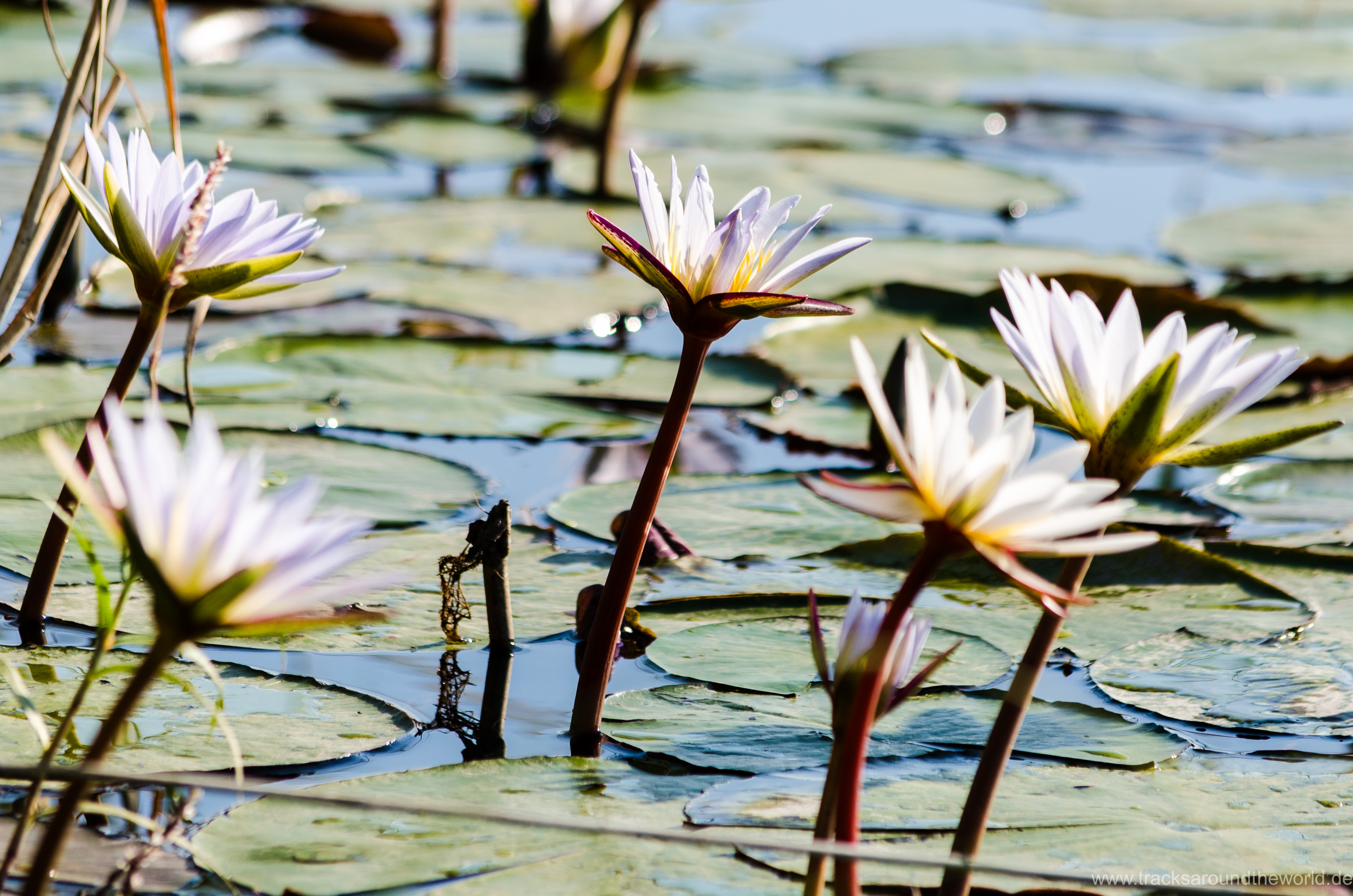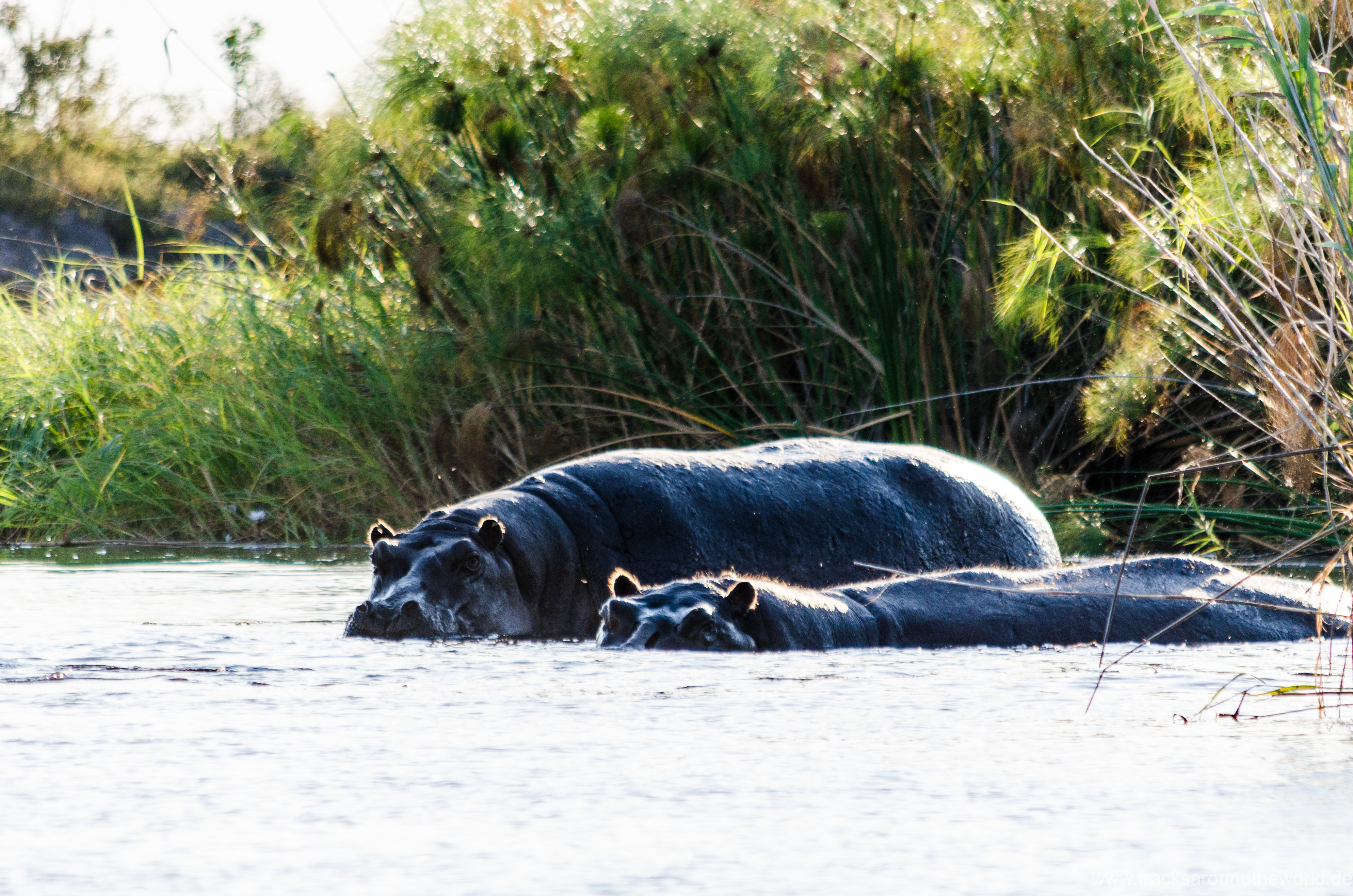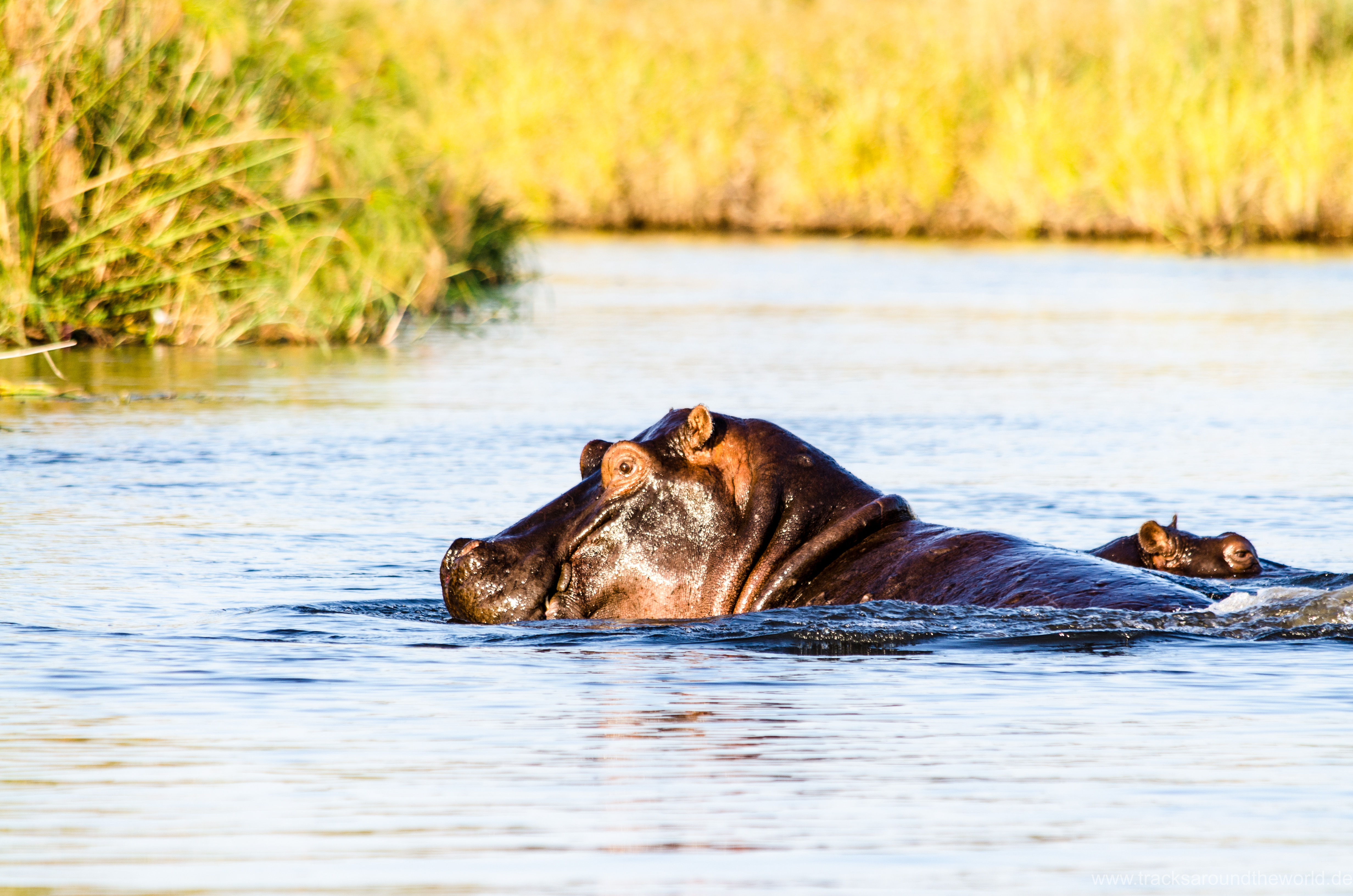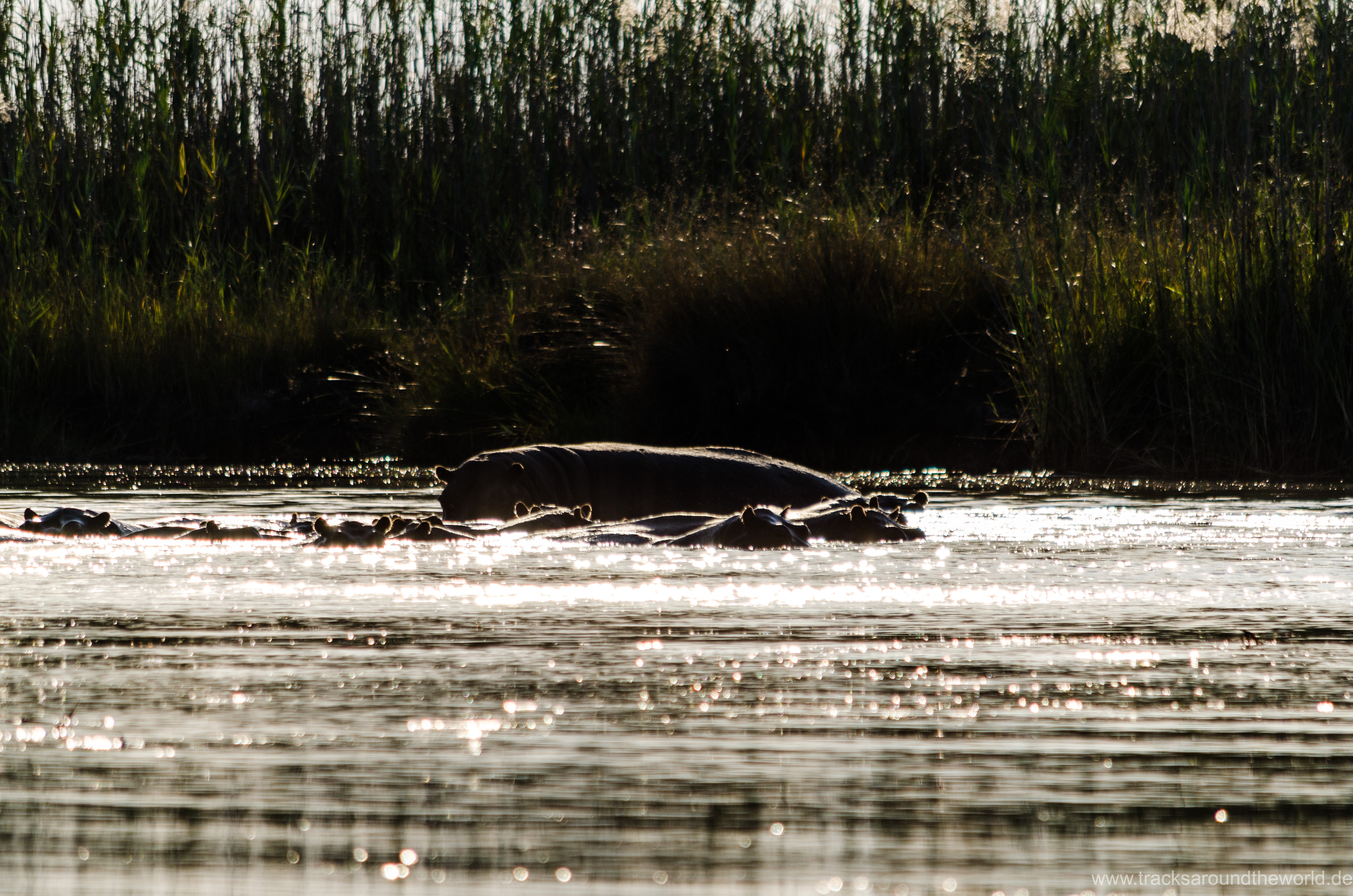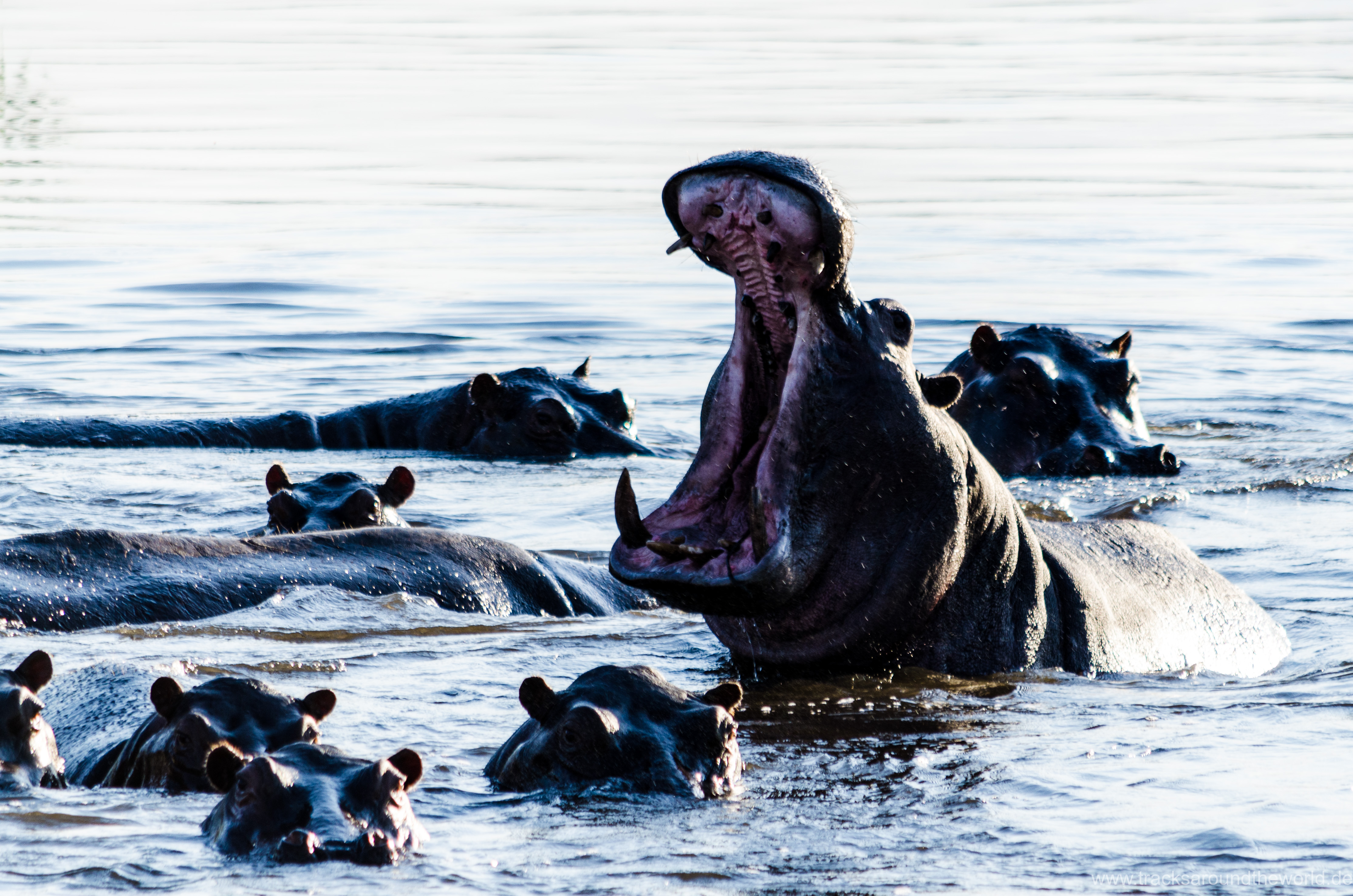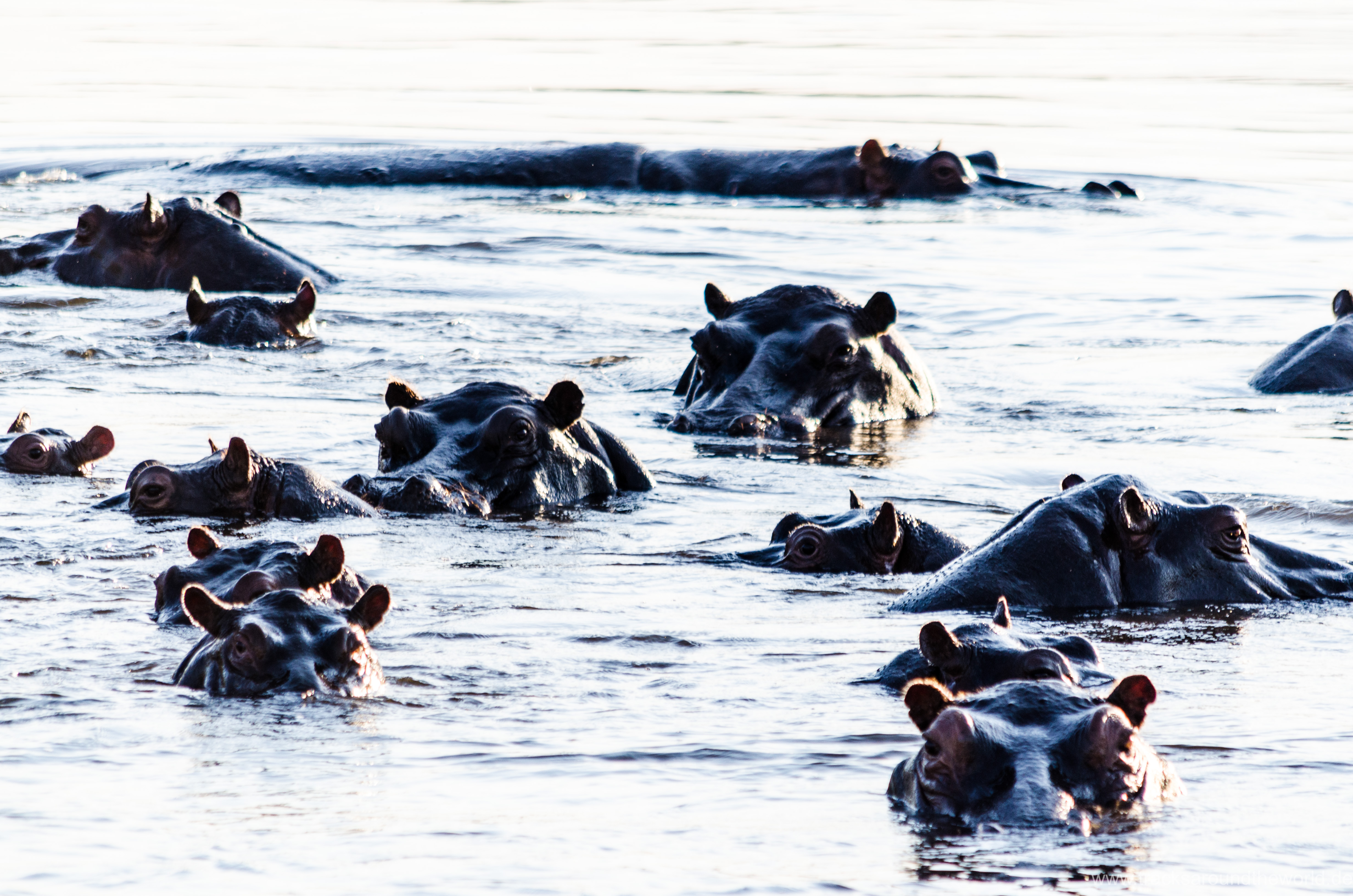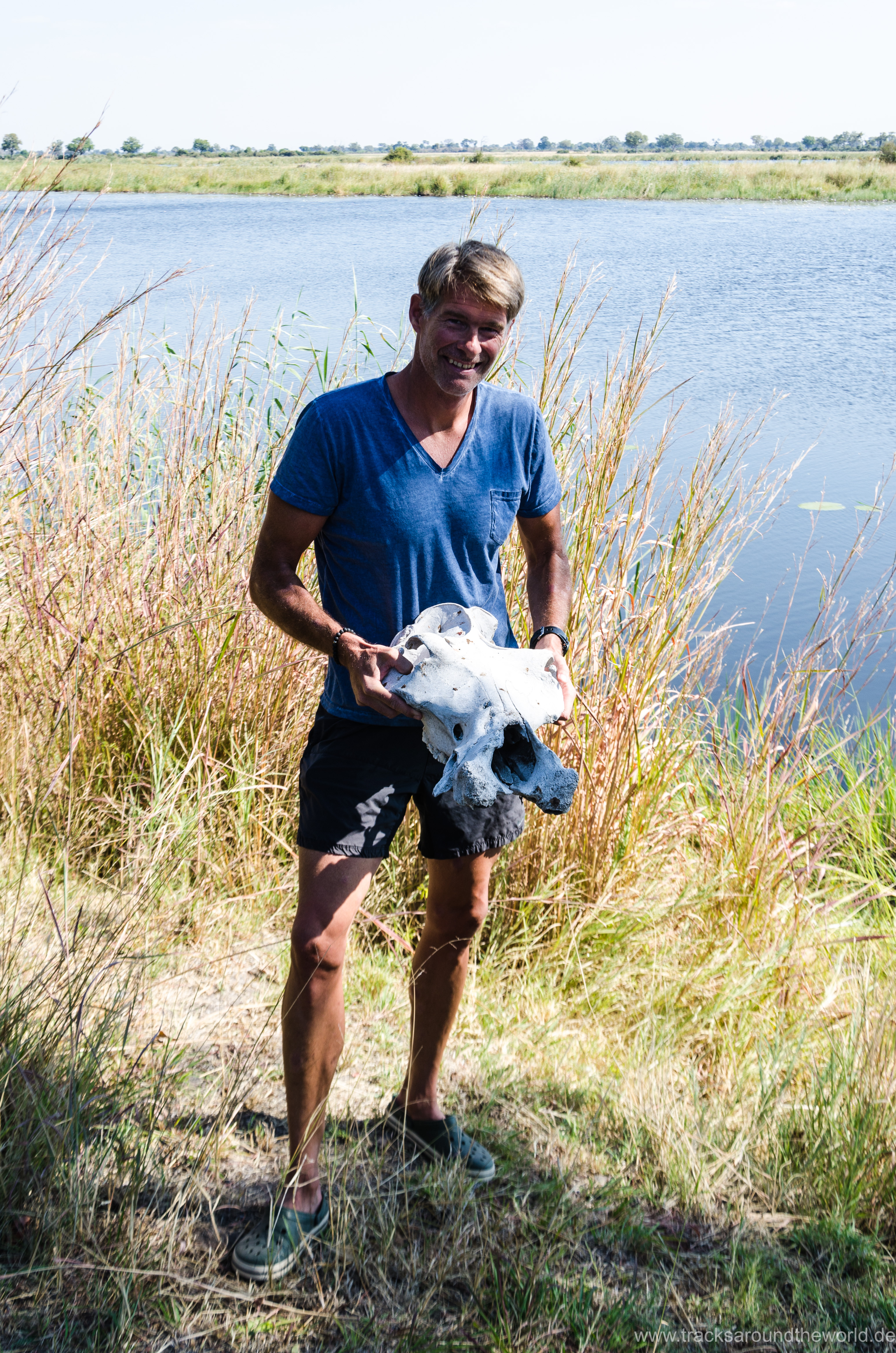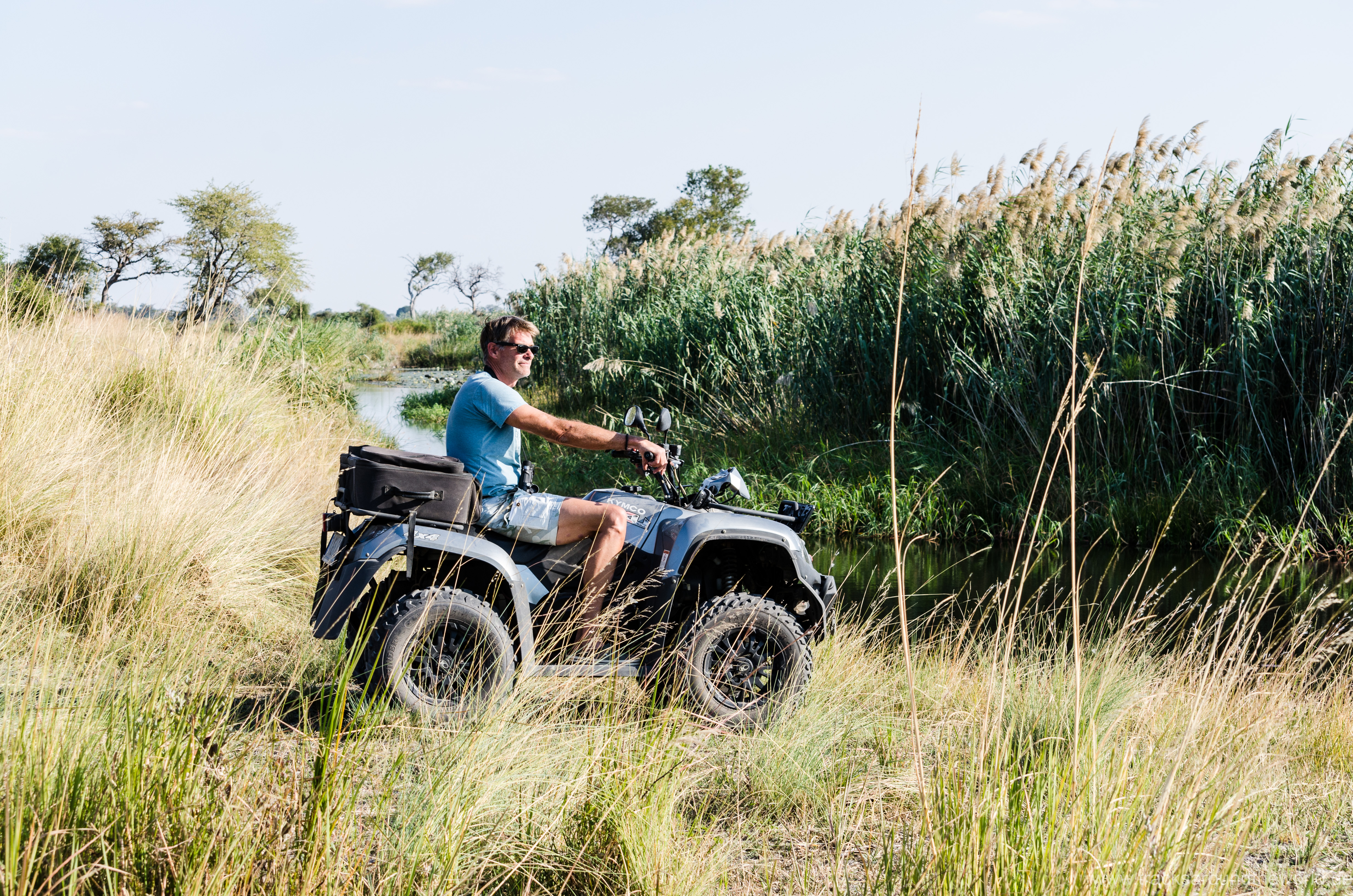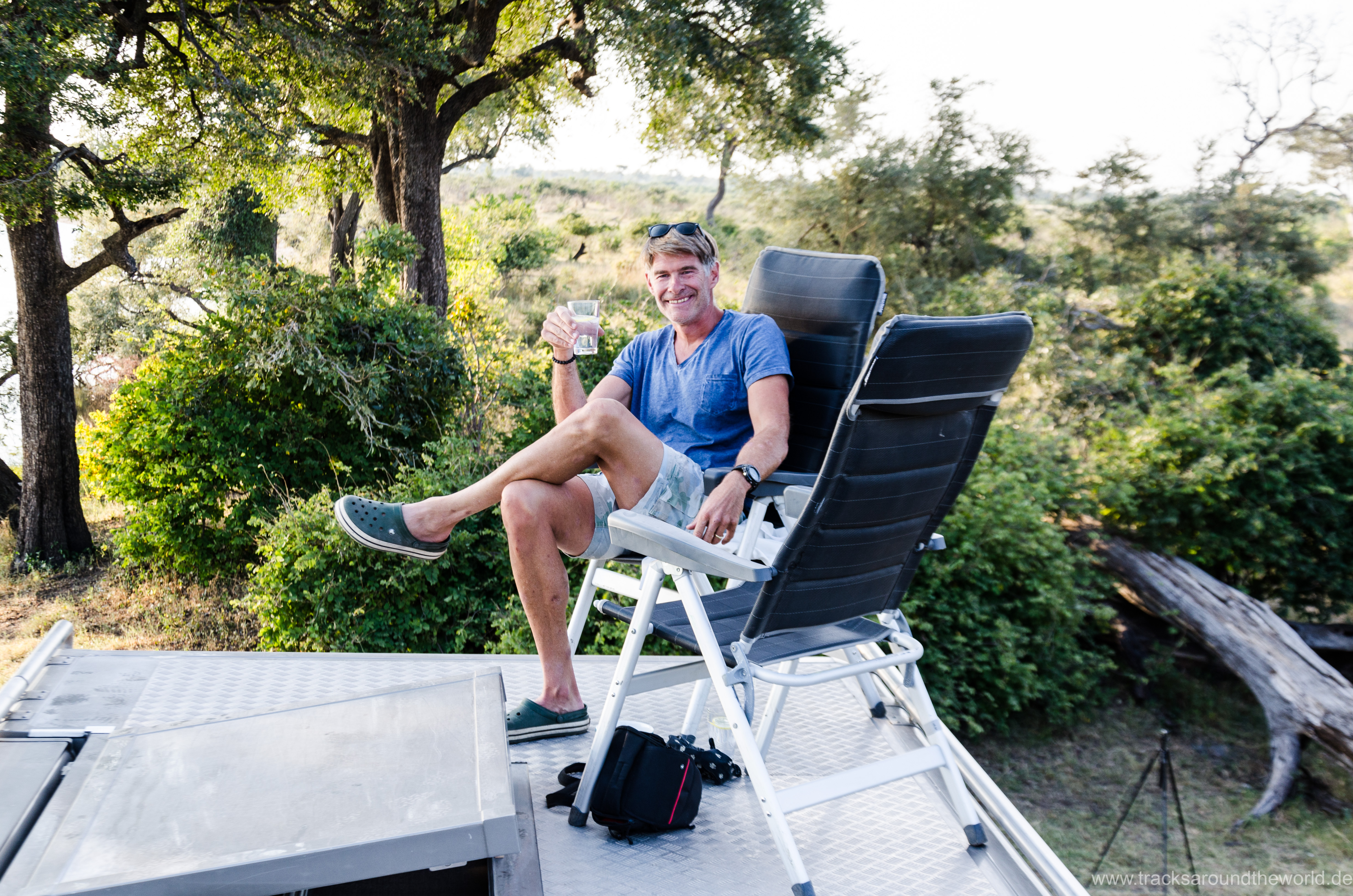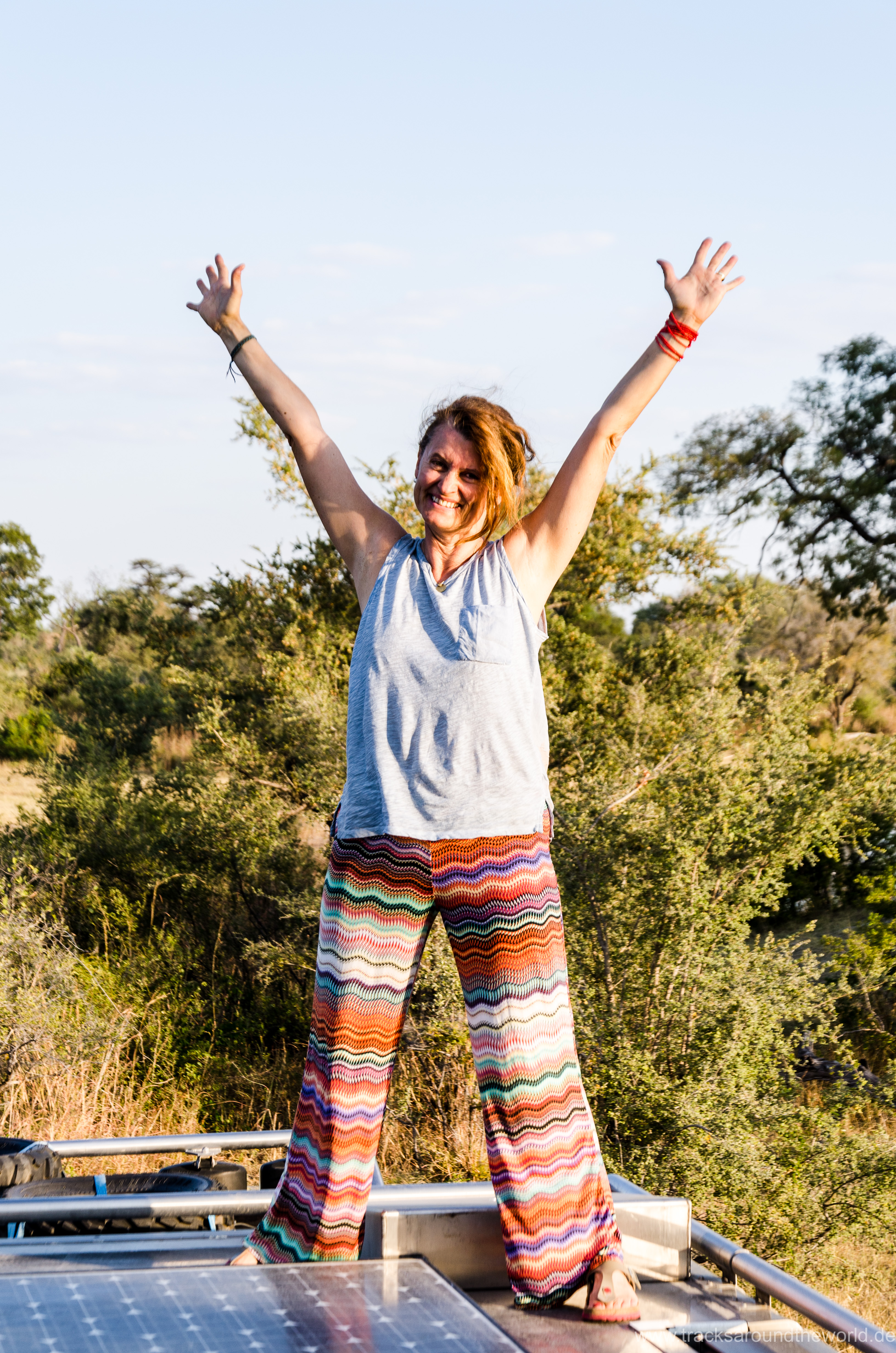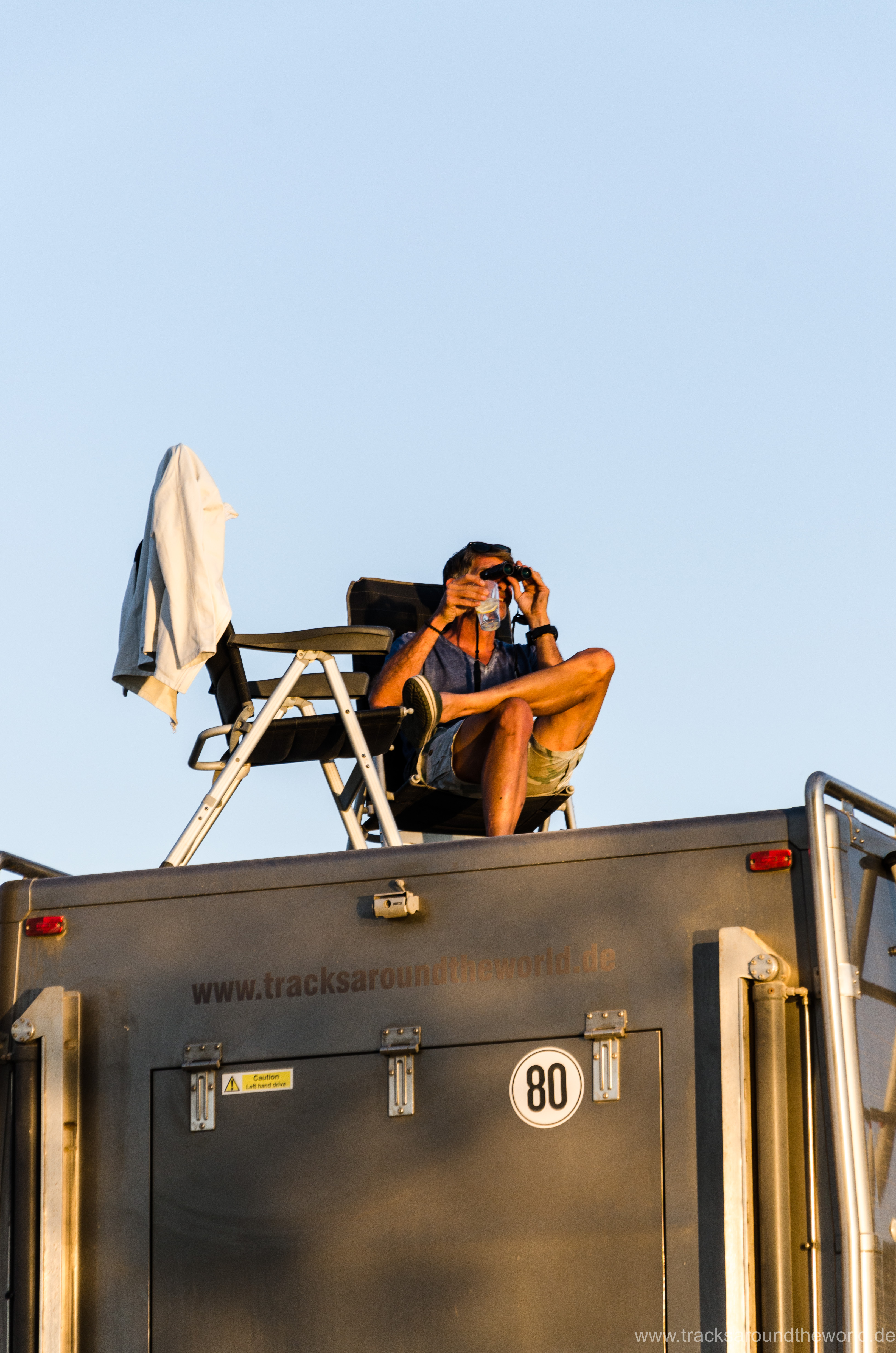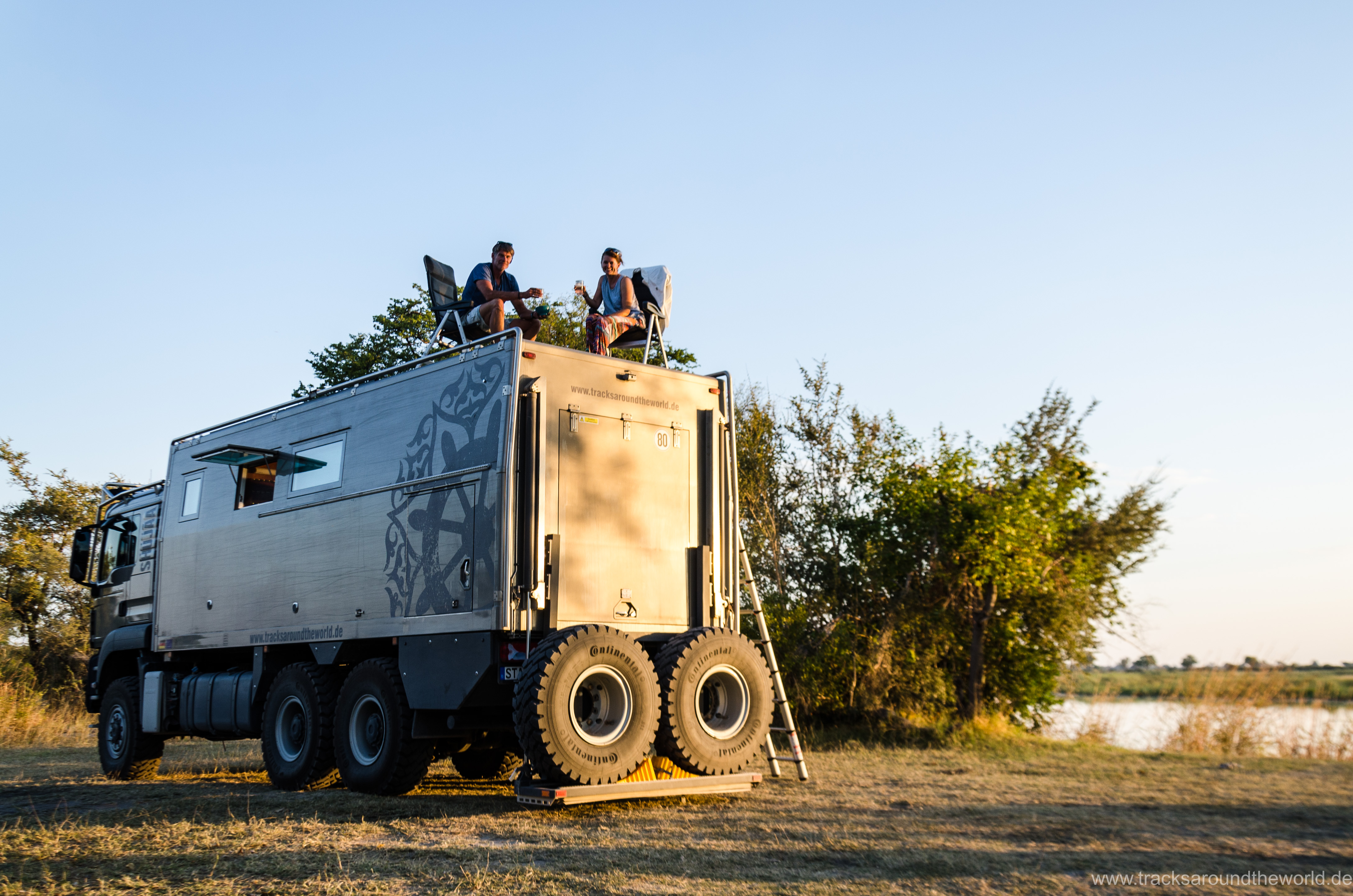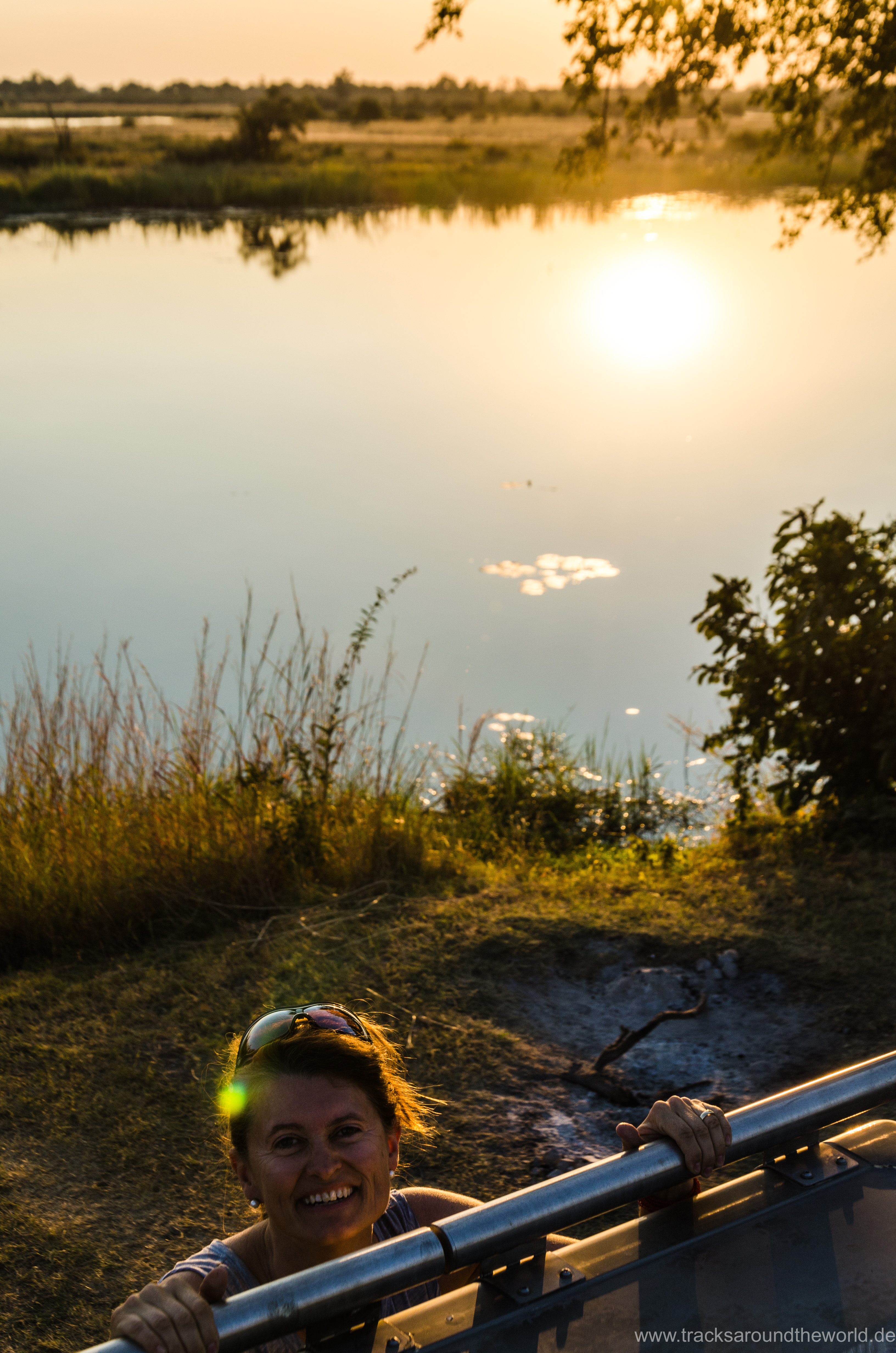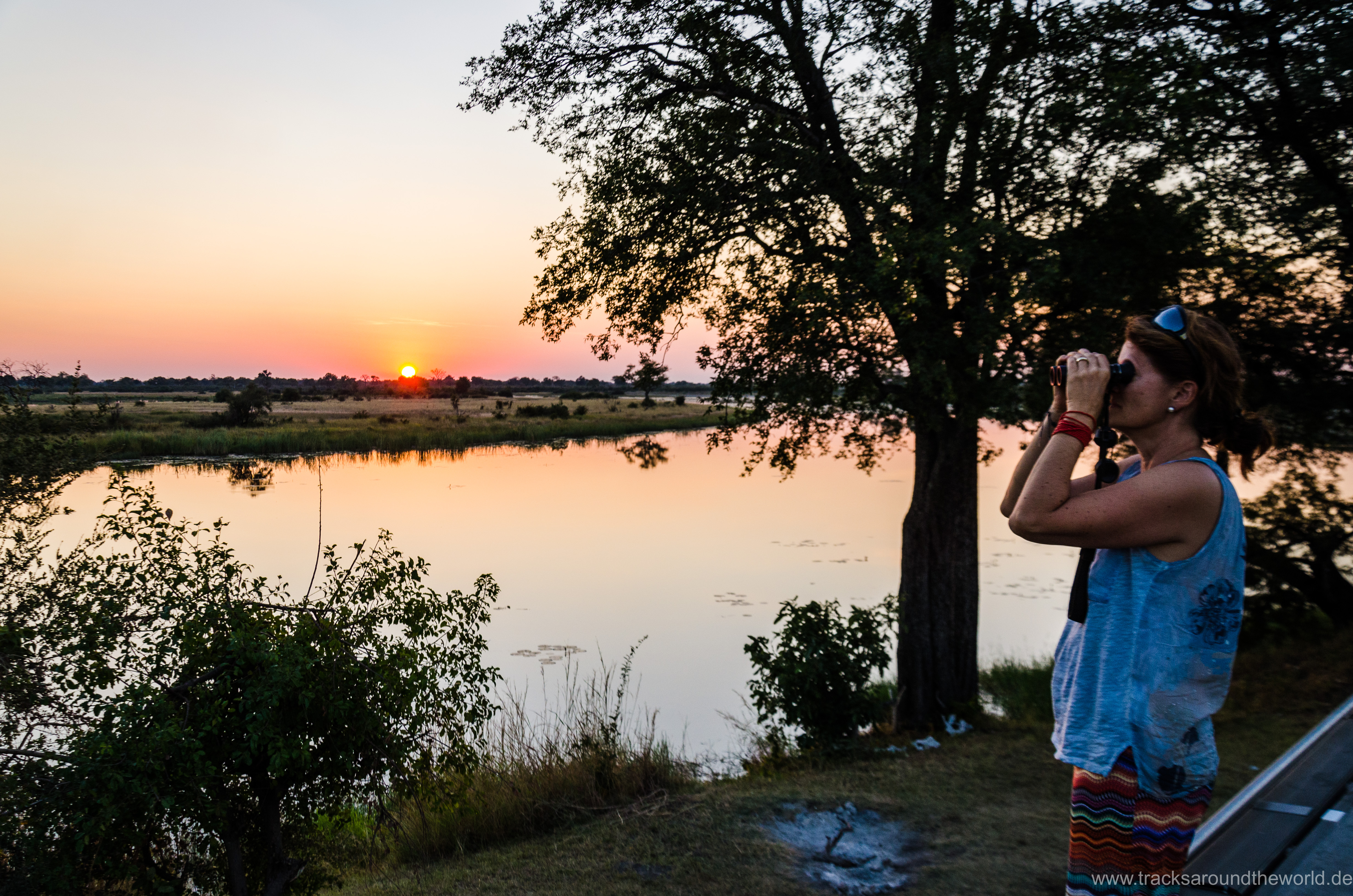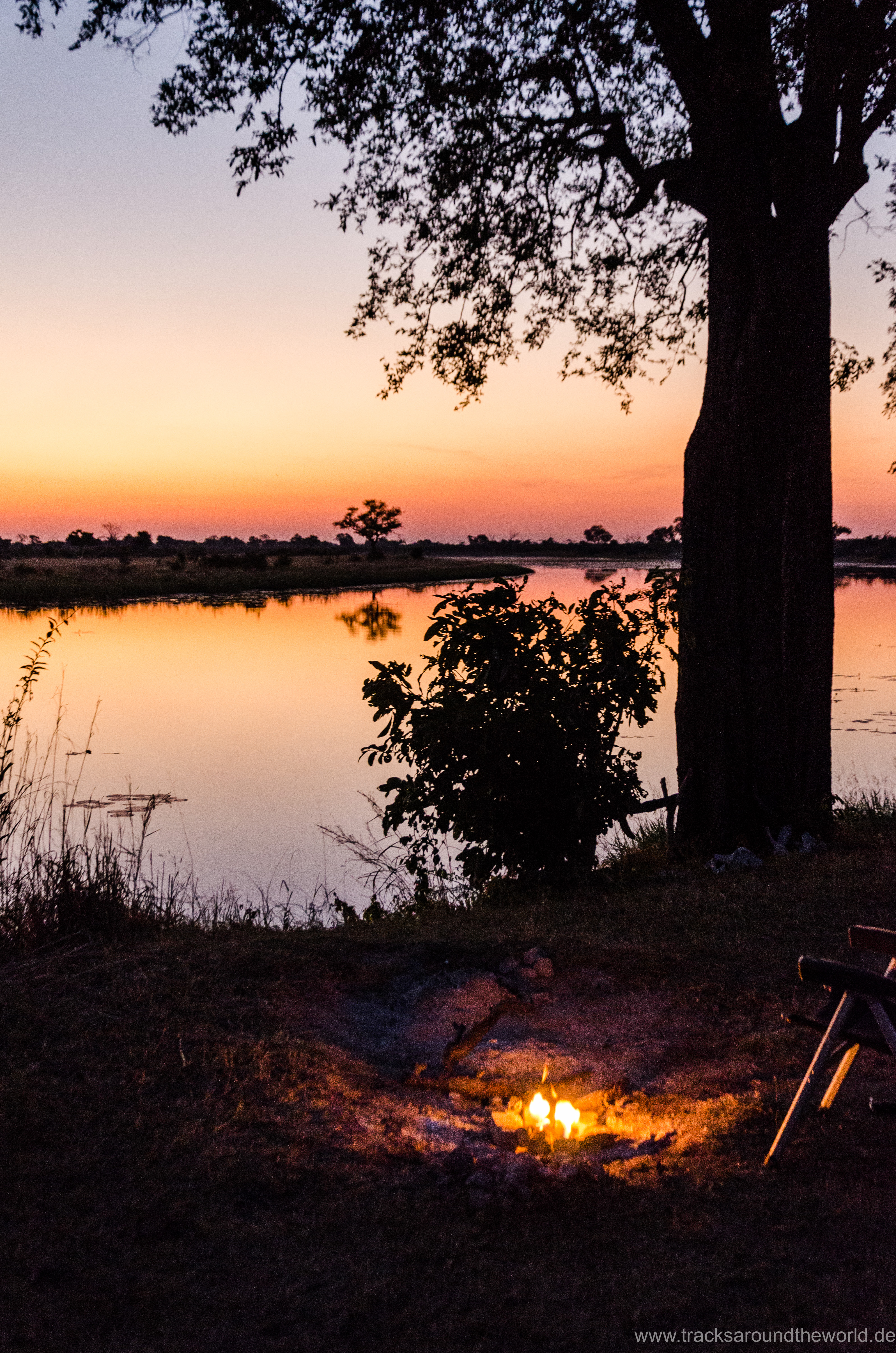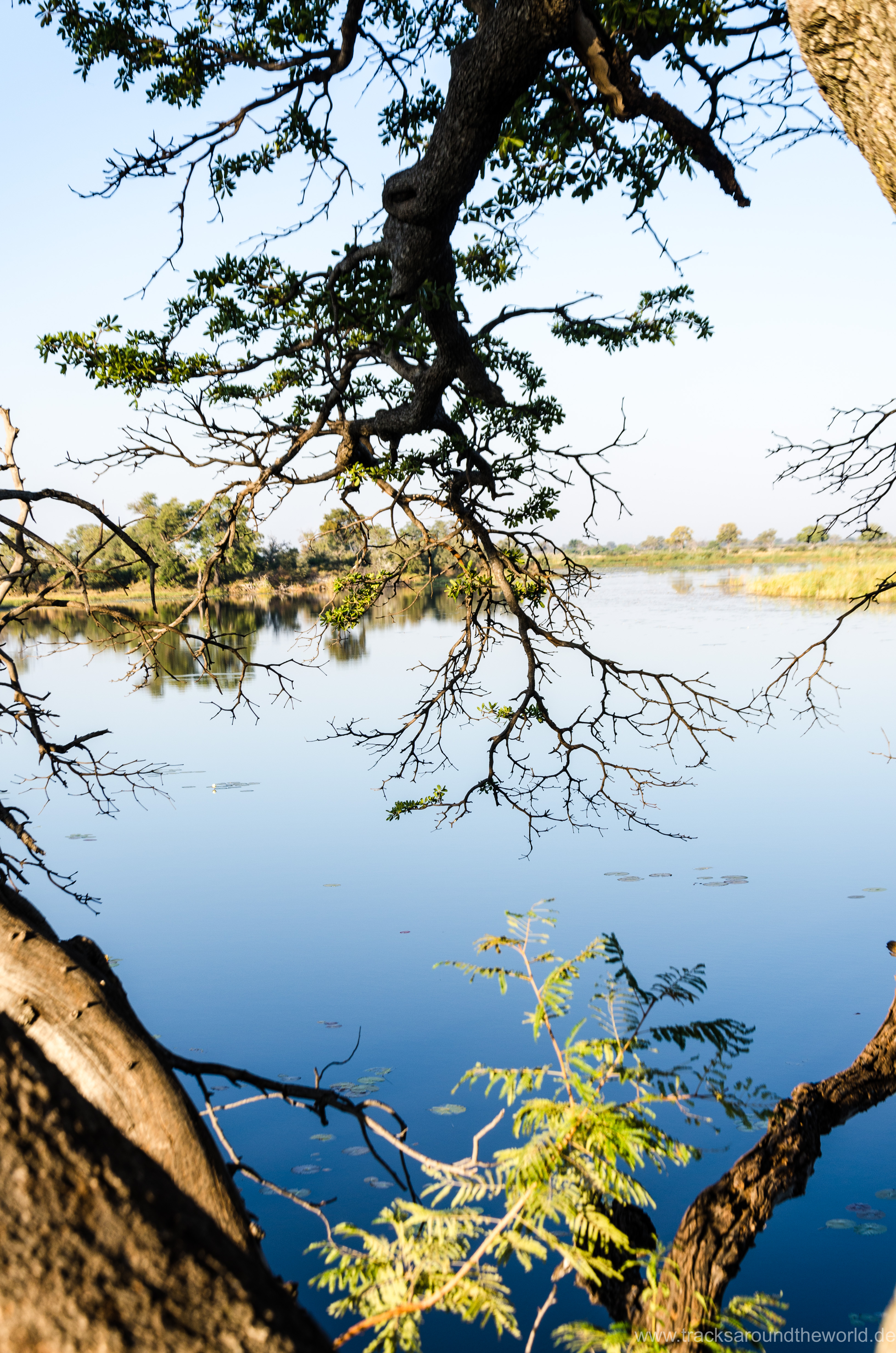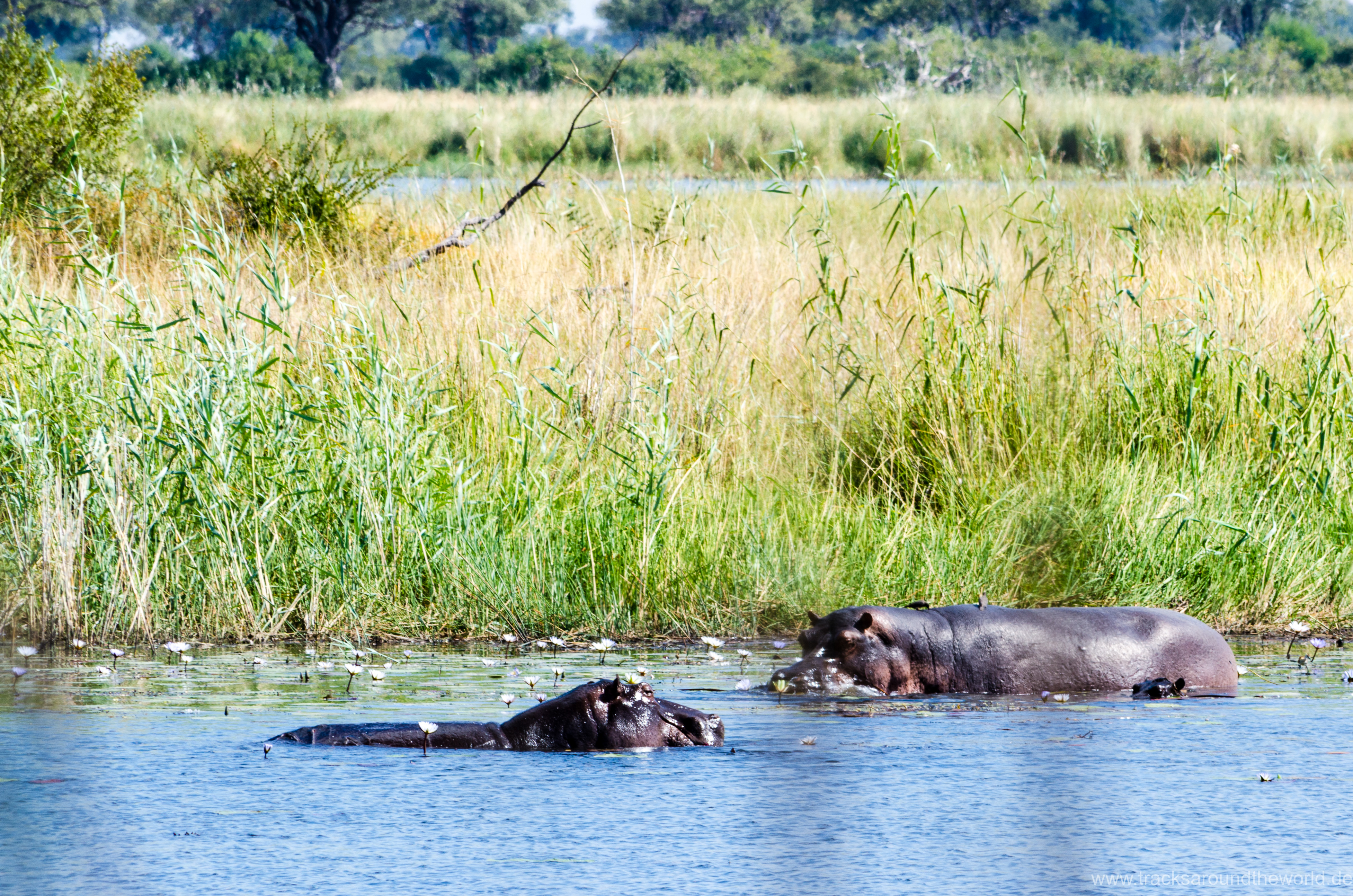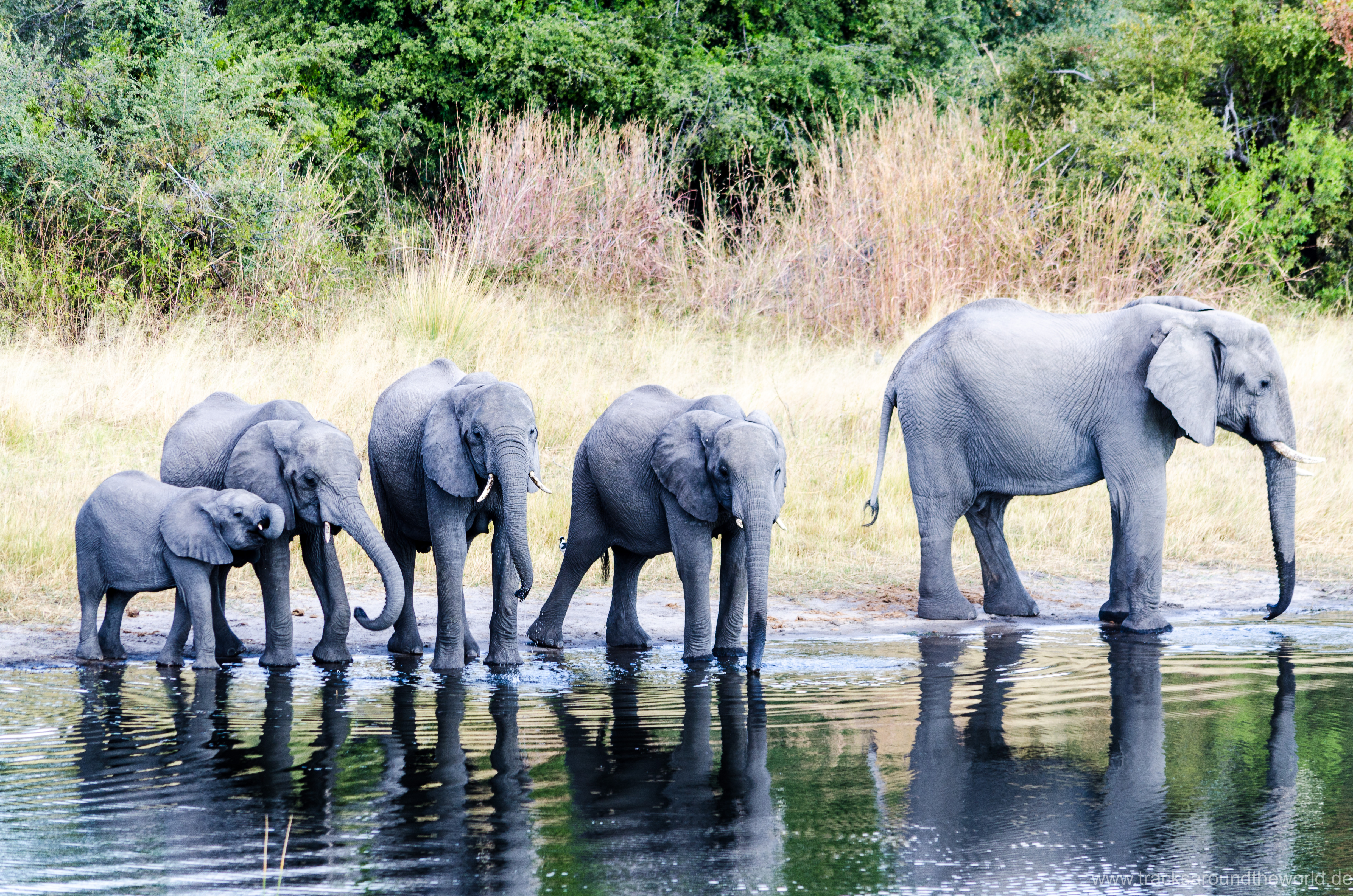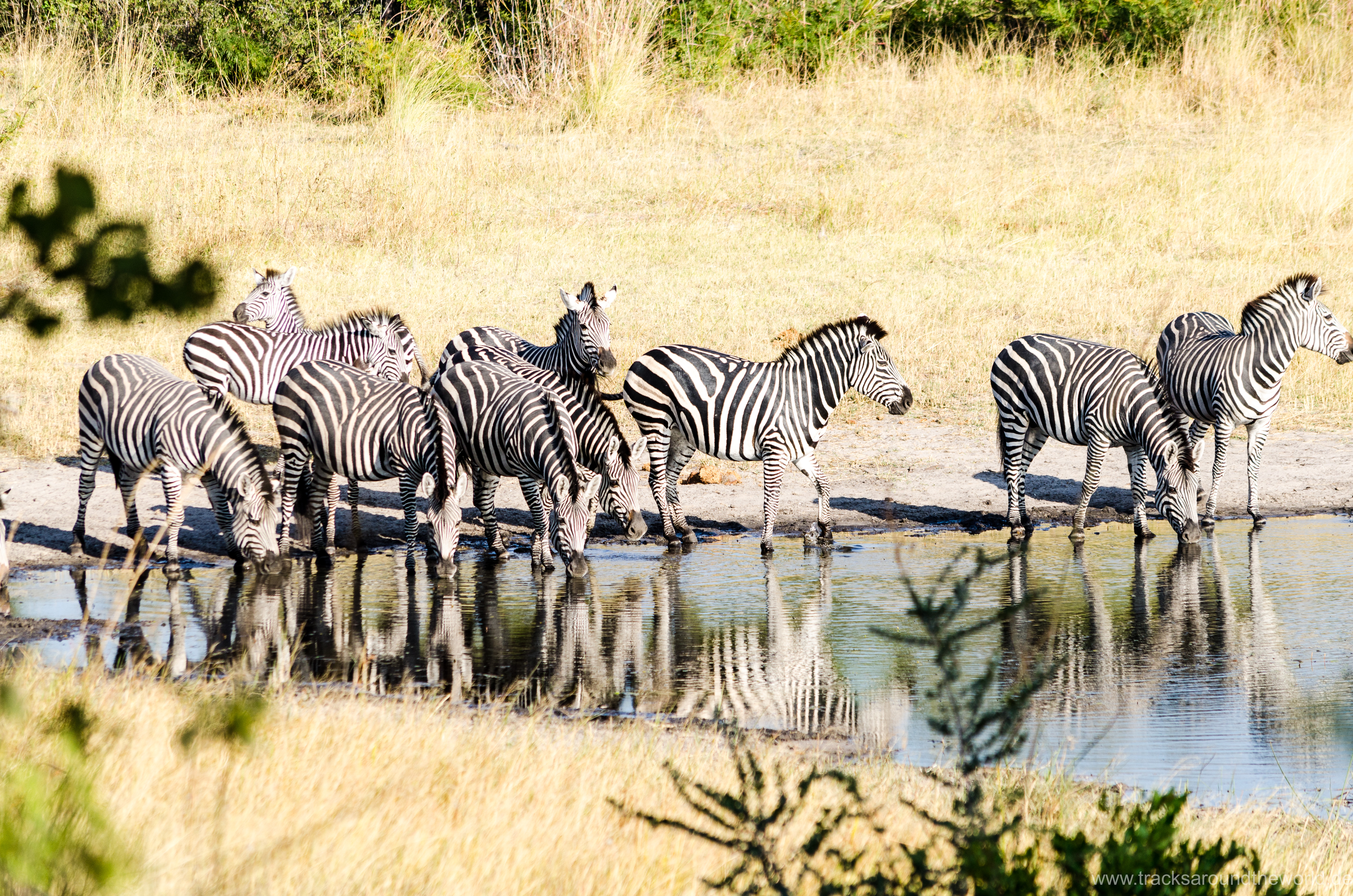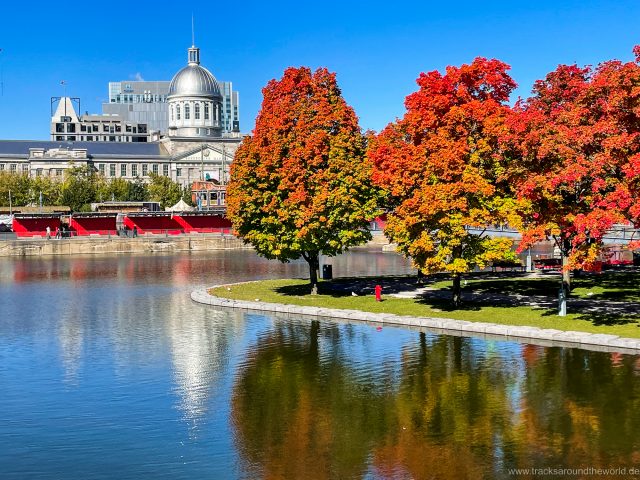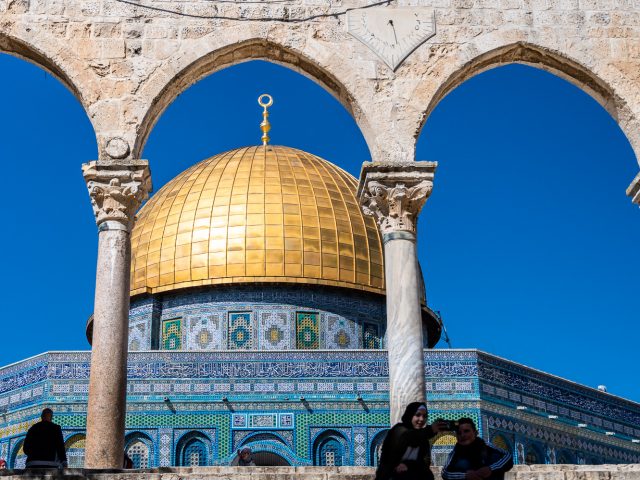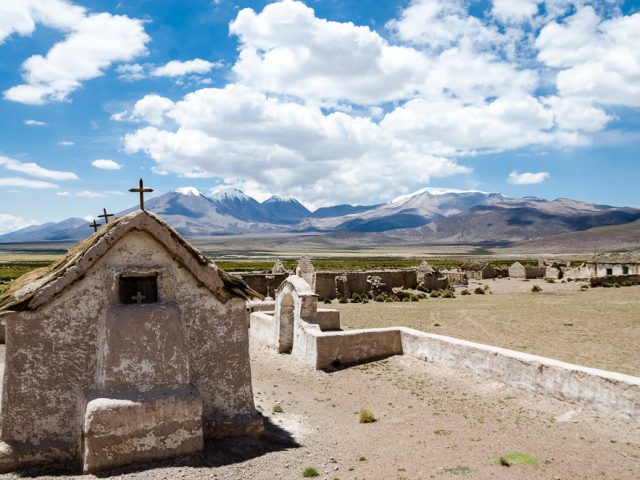On our tour Namibia was dry, rocky and sandy. The farther we come to the east and, especially in the Caprivi Strip (named after the former Chancellor Caprivi, who reclaimed this 700 km long, only a few km wide stretch of land along with Heligoland for himself, against the pledge not to colonize Zanzibar) it will, however always greener. Thick bushes, especially on the rivers Okavango and Kwando, are a blessing to our weaned eyes. However, for the first time in Namibia we also have to get out pruning shears and a saw to cut our access roads … so at least we will not get out of practice.
At night it cools down to a refreshing 10 degrees and in combination with the strong dryness – here it has barely rained during the rainy season – we have hardly any insects and the stay outdoors is super pleasant. A big difference to South America, where we were either at very high altitude in the Andes (with correspondingly cold temperatures as soon as the sun had set) or in extremely humid and thus also insect-rich areas in the lowlands (Colombia, Brazil).
We do great wildlife watching in the Mahango, Bwabata and Mudumo National Parks again and our Quad Shujoo is becoming more and more the preferred Game Drive vehicle in the partly narrow, overgrown slopes for Shujaa. However, we are always happy when we do not have to race with a lion, cheetah or elephant – on a quad one is very vulnerable. Mostly we have mutual respect for each other and watch each other with a healthy distance. Once Shujoo does not jump on a viewpoint during a game drive, fortunately we’re only about 2 km from our pitch and away from Shujaa, so we can run back – yet, and especially for Karin – a strange feeling in the midst of all that even wild animals to walk.
We find fantastic places to stay on campgrounds of lodges or on wild camps in national parks: Campsite No. 3 in Mudumu N.P. is one of our most beautiful places on the world tour so far: reachable only on a deep-sandy runway, where Shujaa can once again blow through its 2,500 NM torque and its 12.8 liter capacity, completely lonely and without any infrastructure, in front of us with water lilies traversed Kwando River with grunting hippopotamuses, which all day loudly smashing the water plants, behind us dense bush with trumpeting elephants, roaring monkeys and trudging zebras. In addition, grass and shade through large trees. We enjoy our private viewing platform (Shujaa’s rooftop) and watch the thrill of the animals. It is so interesting to observe and photograph the comings and goings as well as the daily rhythm of the animals. Karin thinks we post way too much, and that’s true. In contrast to South America, the animal photos are just great again and again, so we cannot decide what to put in and what not. So, we sit on the shore all day and watch the munching hippos, who from left to right on the opposite bank fill their bellies, and then float in the water for siesta.
Along the Linyanti marshes (the Namibian part of the Botswana Okavango Delta) we drive to Ngoma Bridge, the border with Botswana. We are pleased that our starter batteries now work without problems for 1.5 weeks. After 50 days and 9,000 km our first country in Africa comes to an end. Namibia, what a great start.


